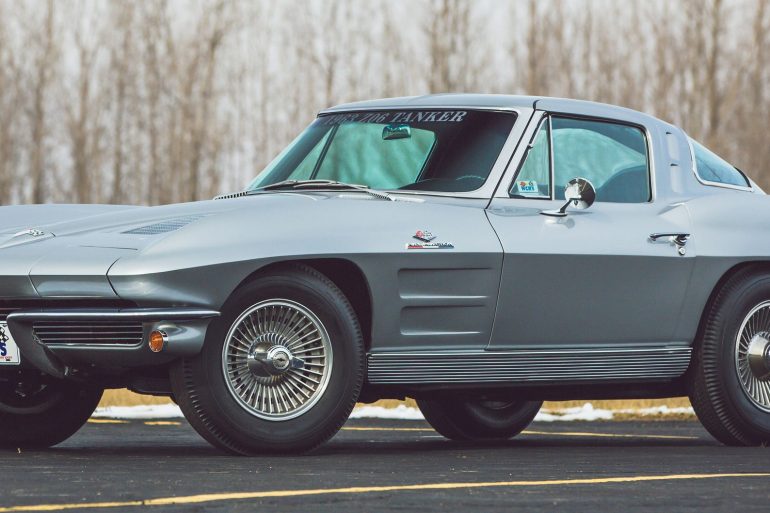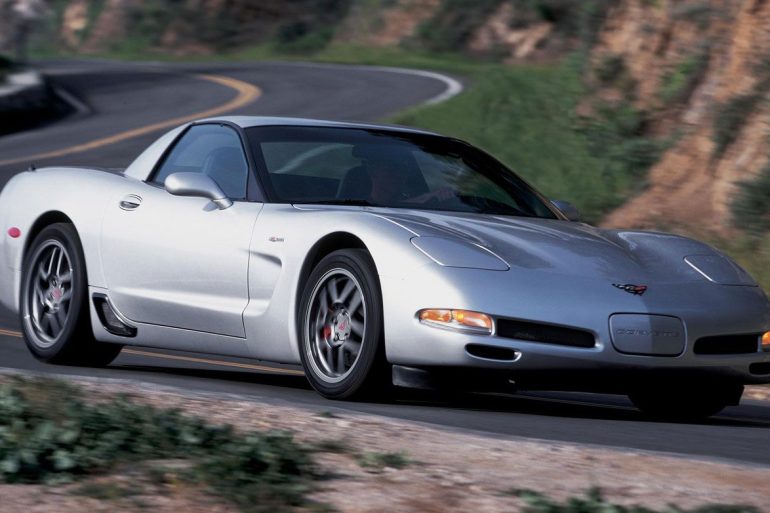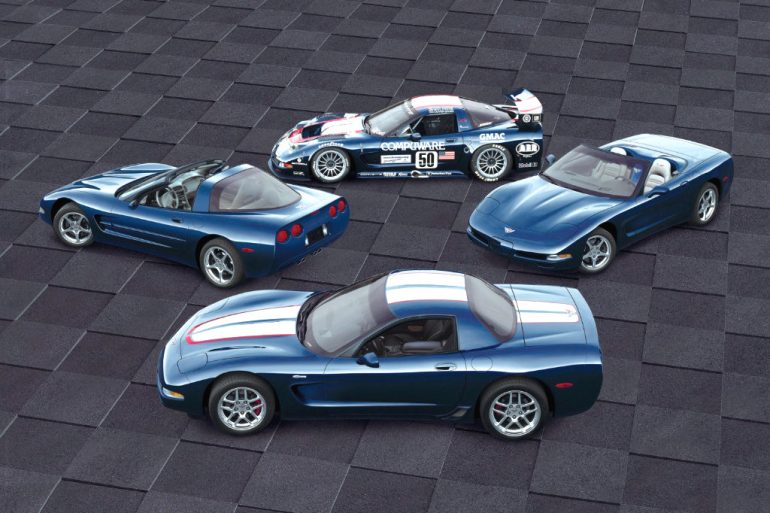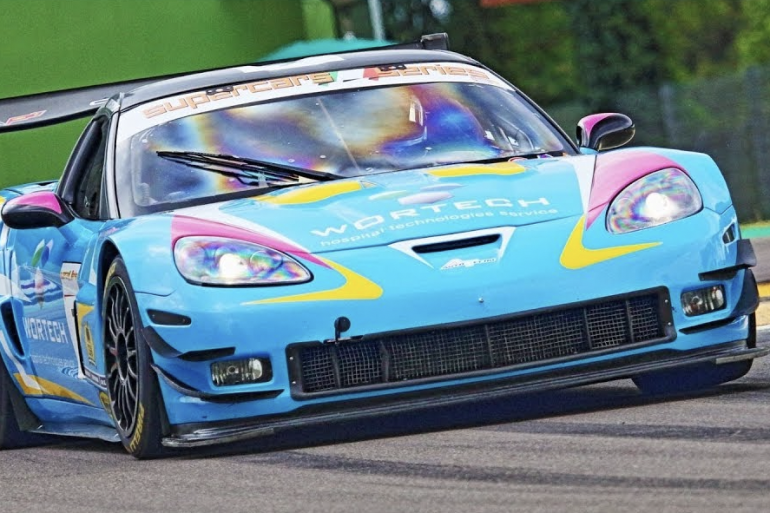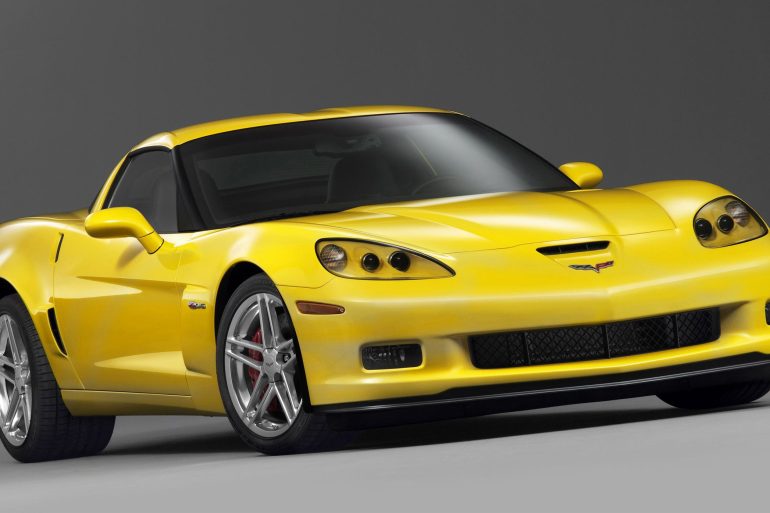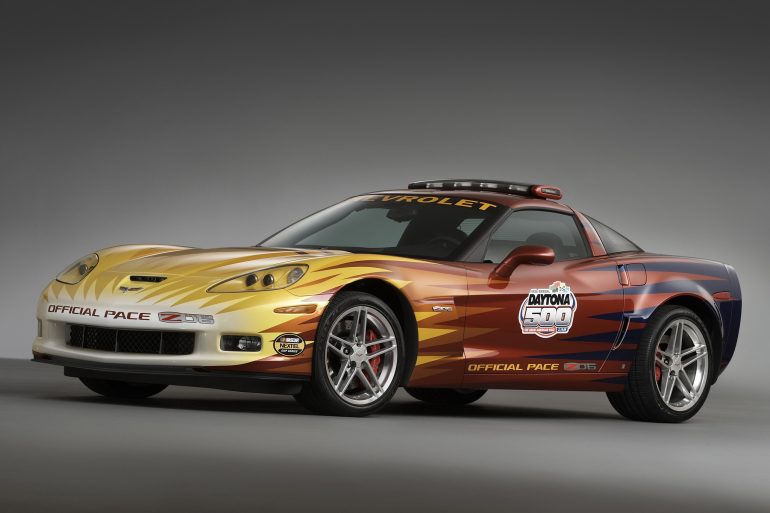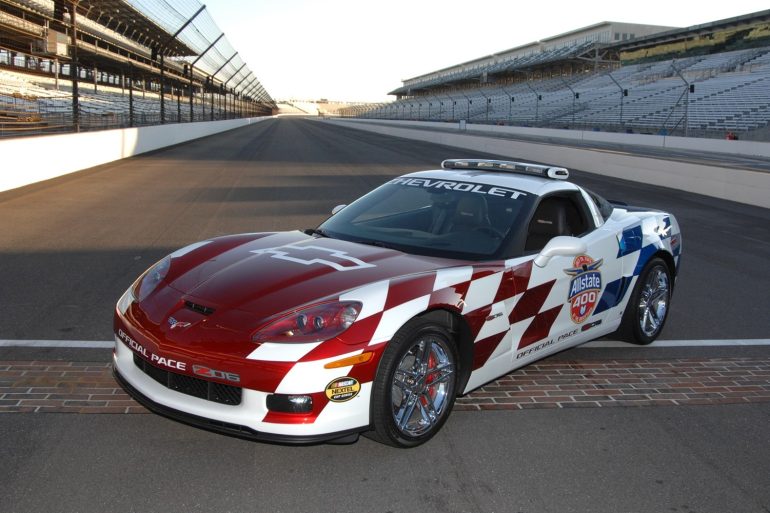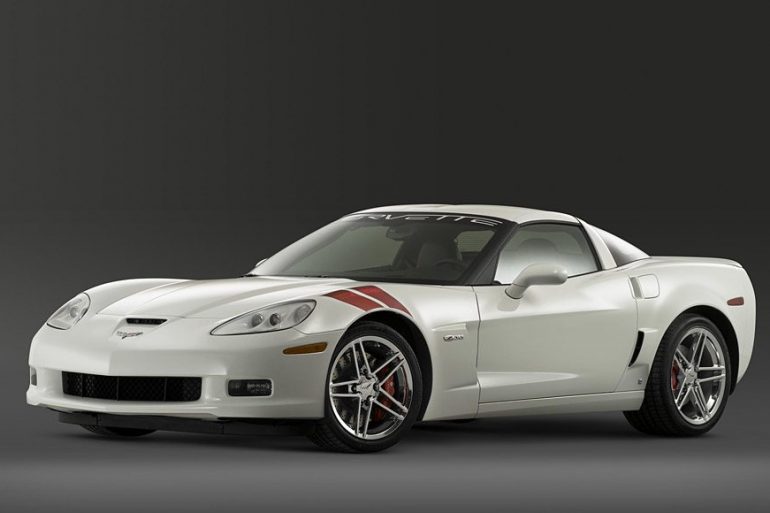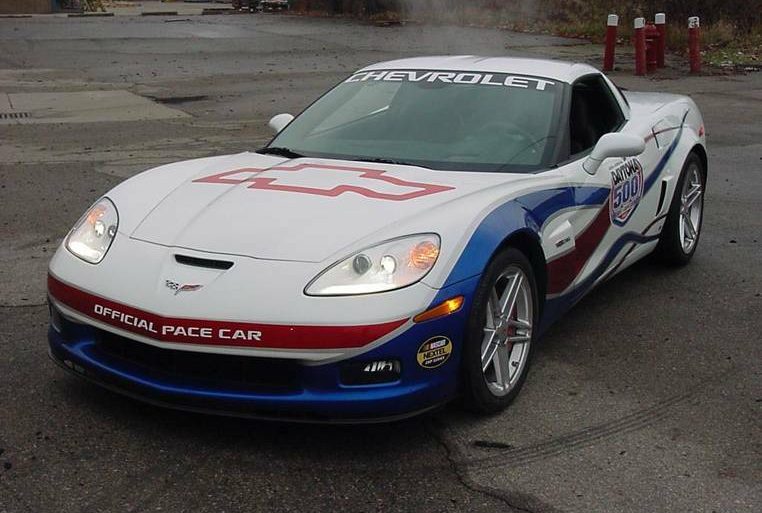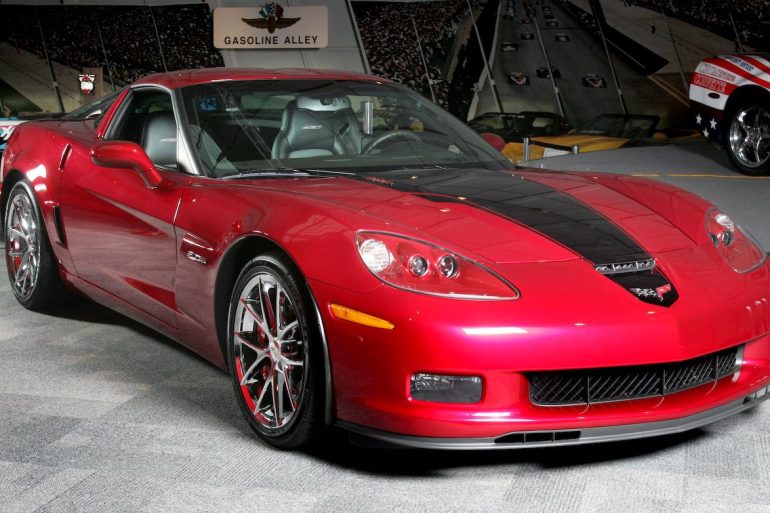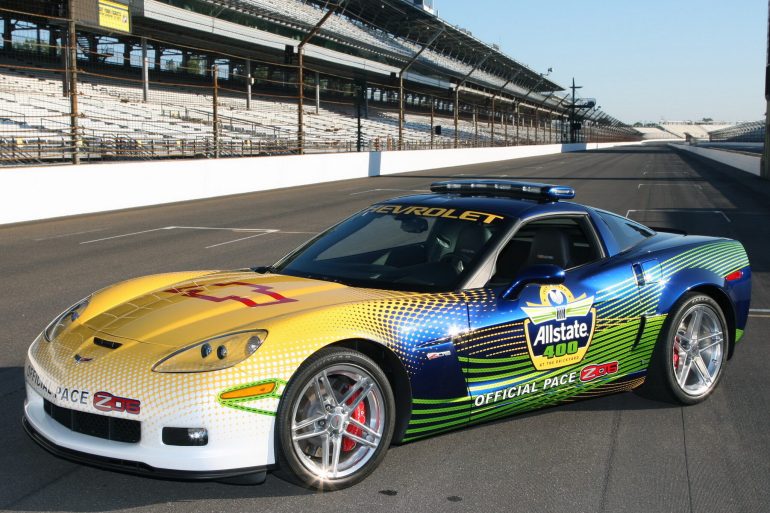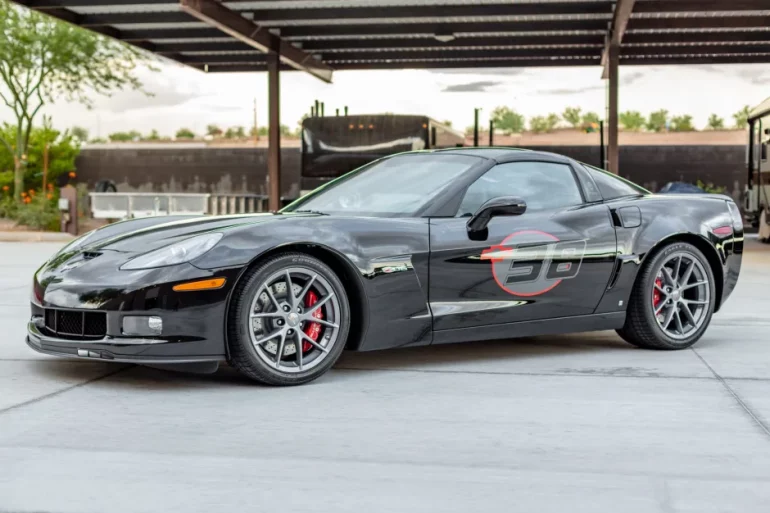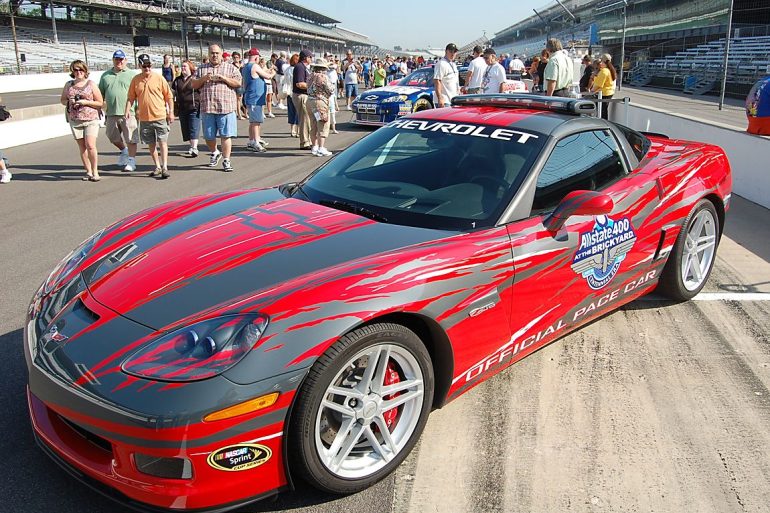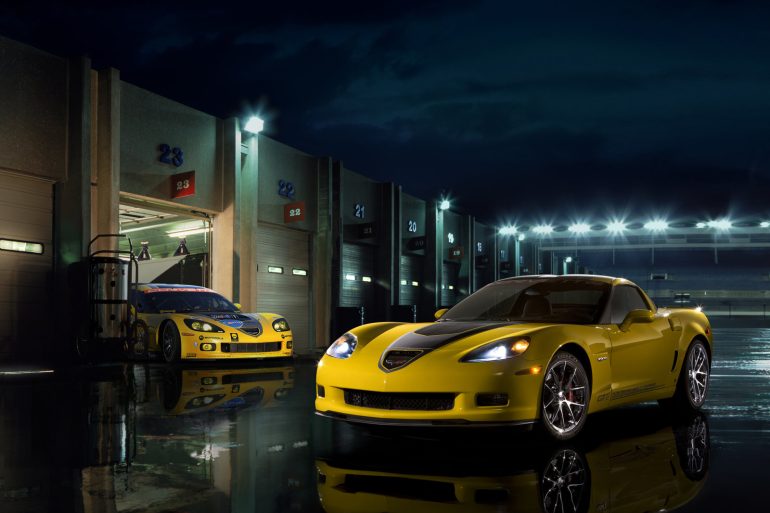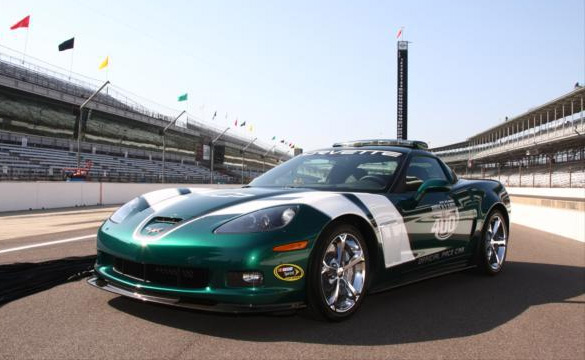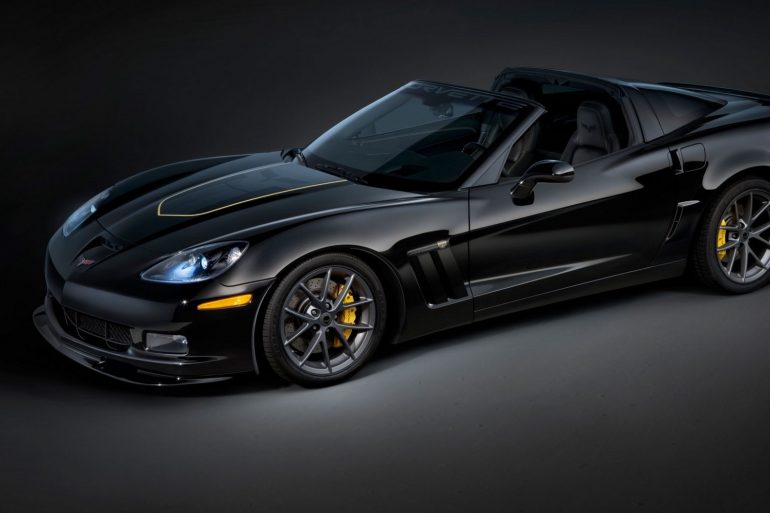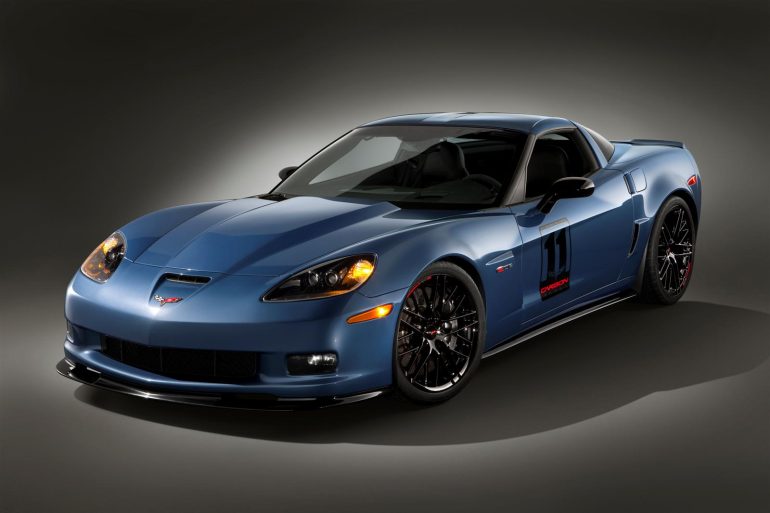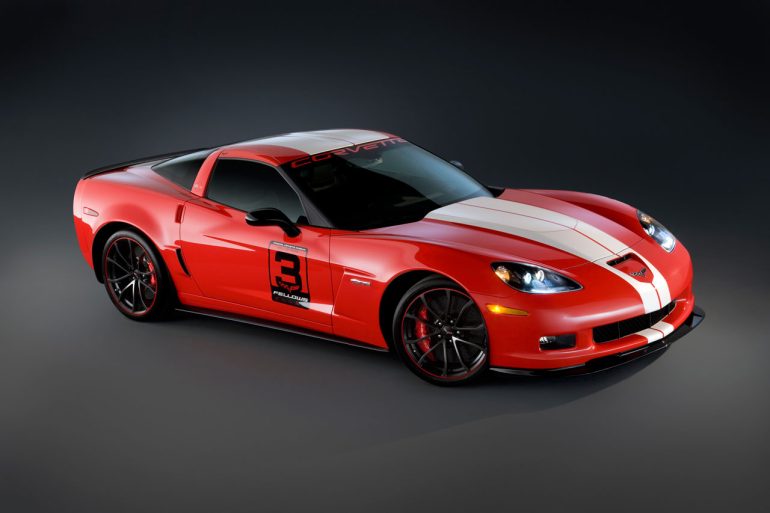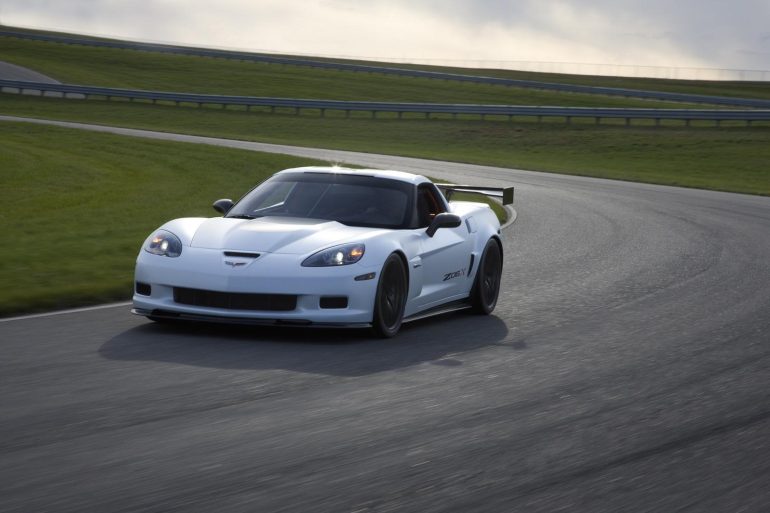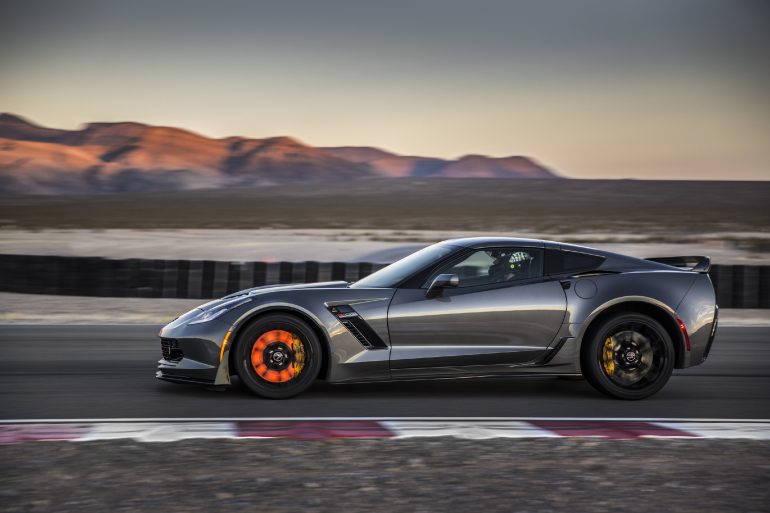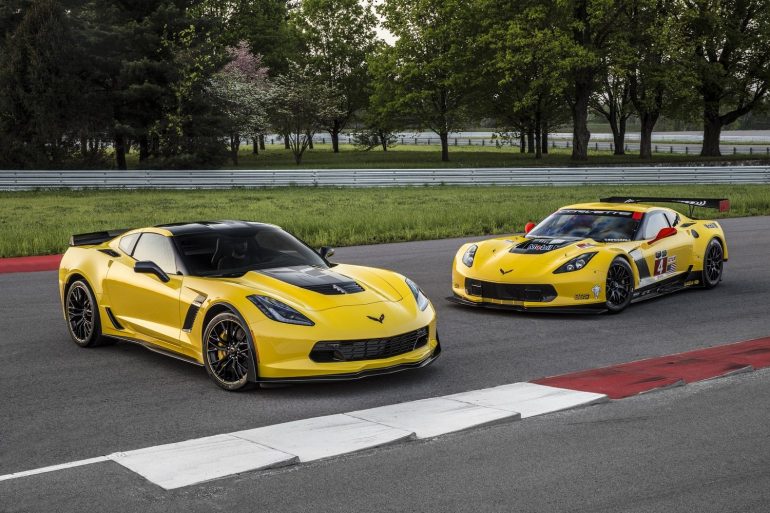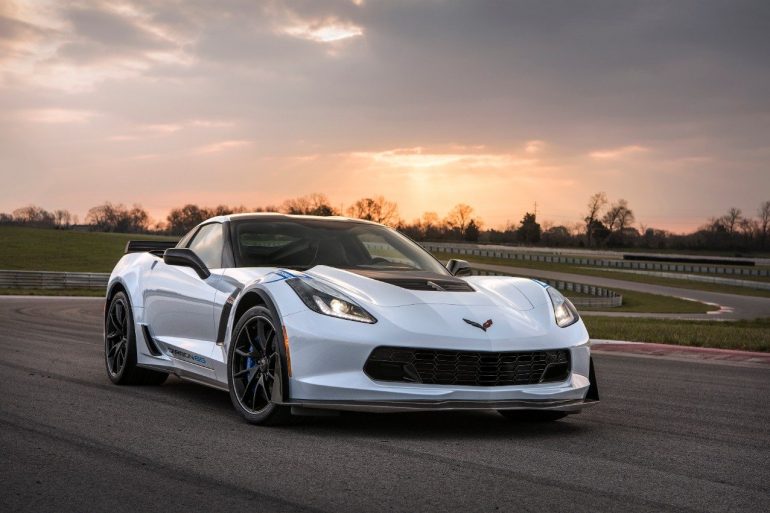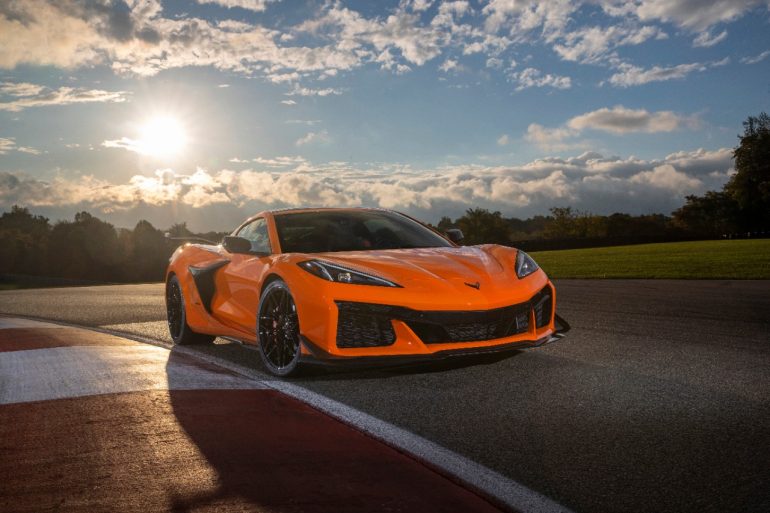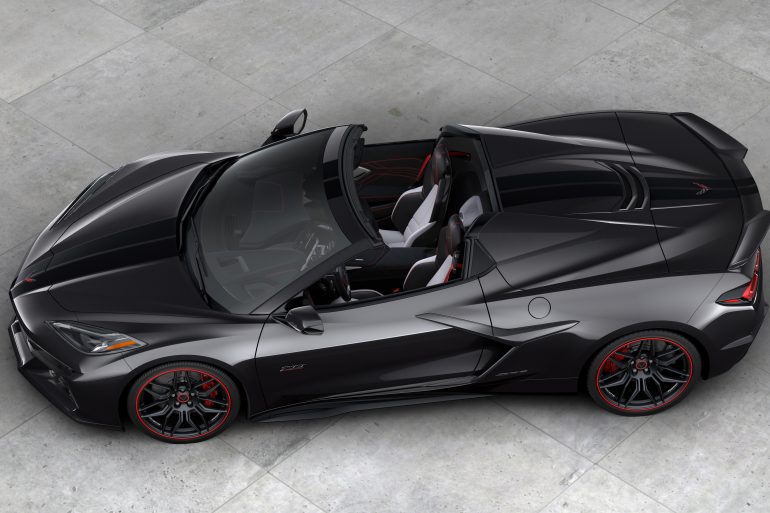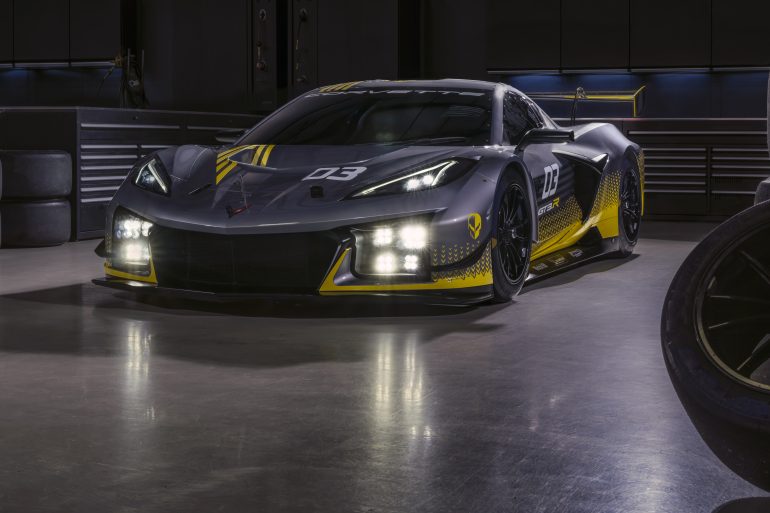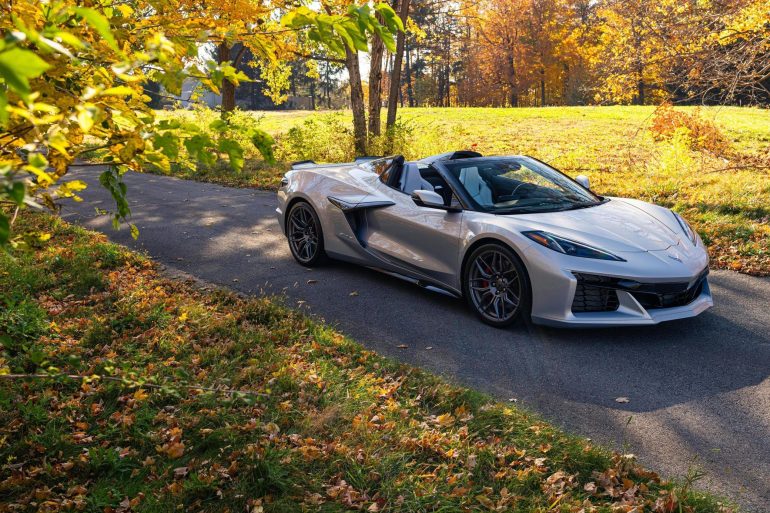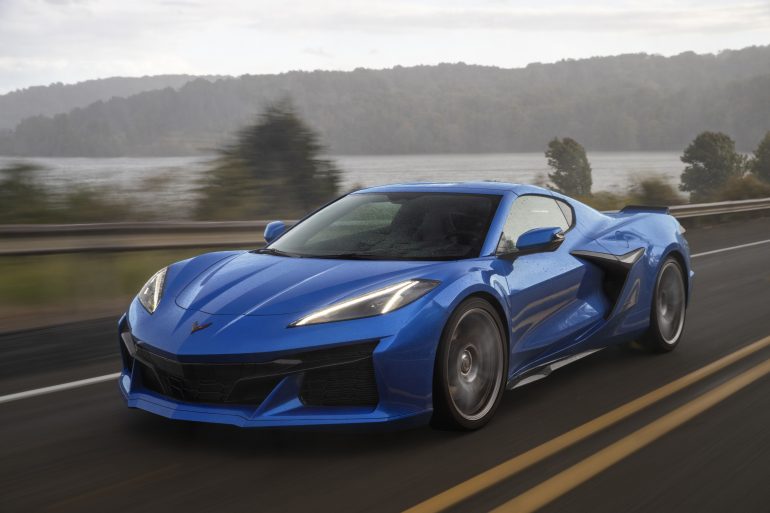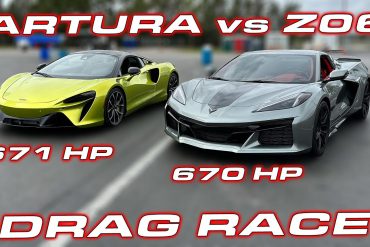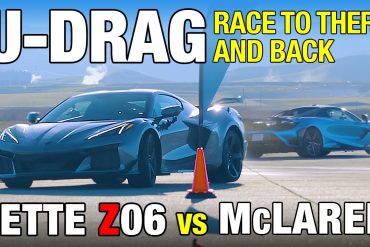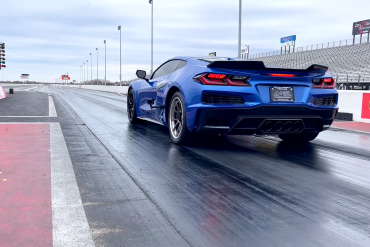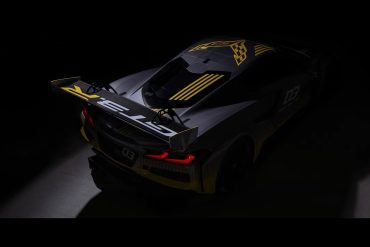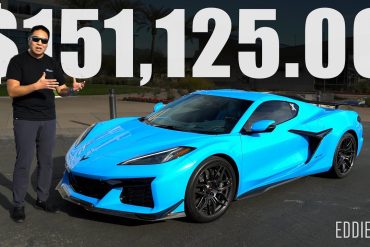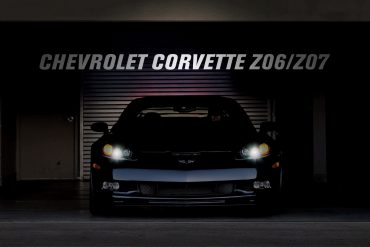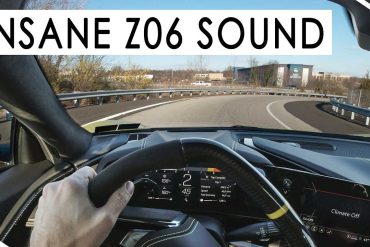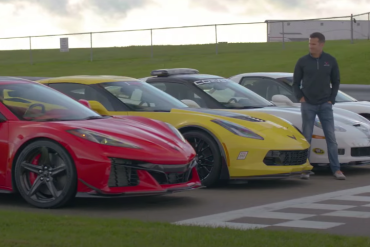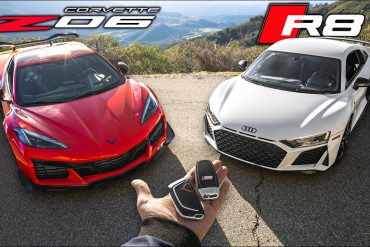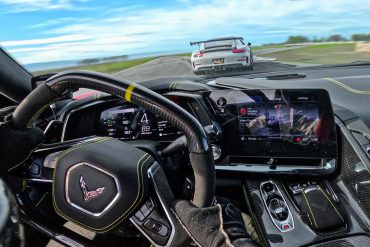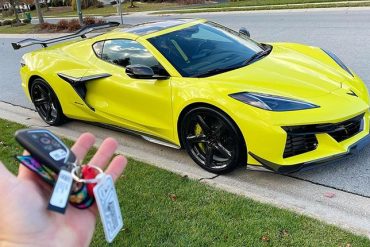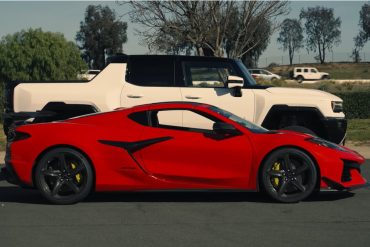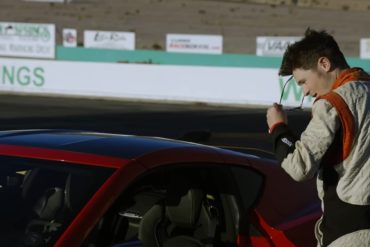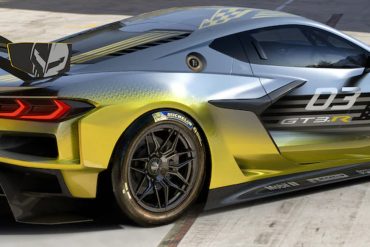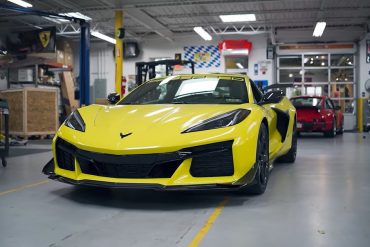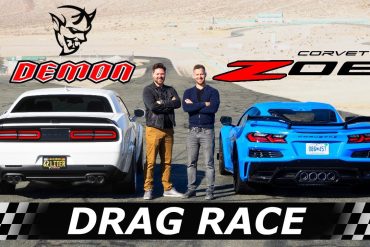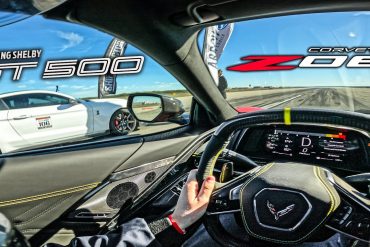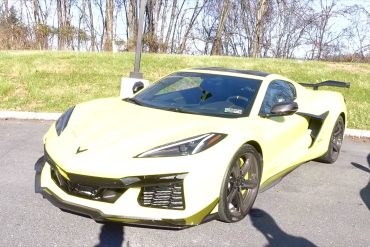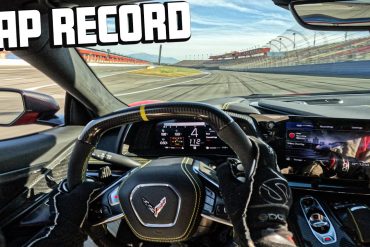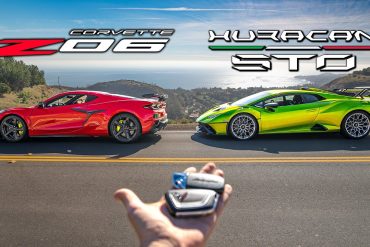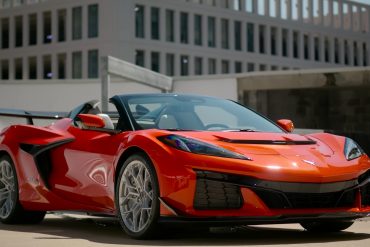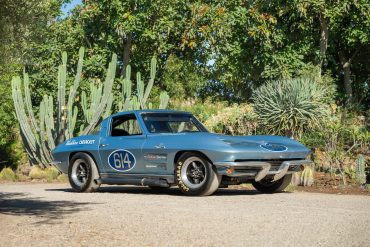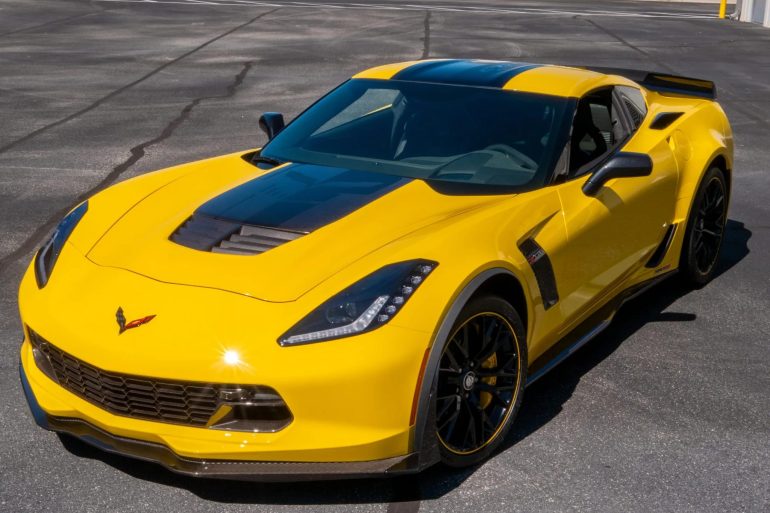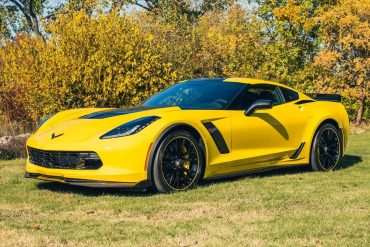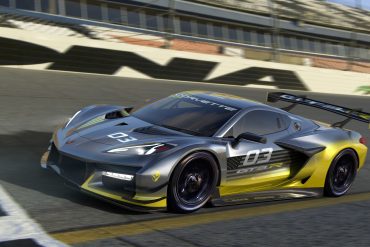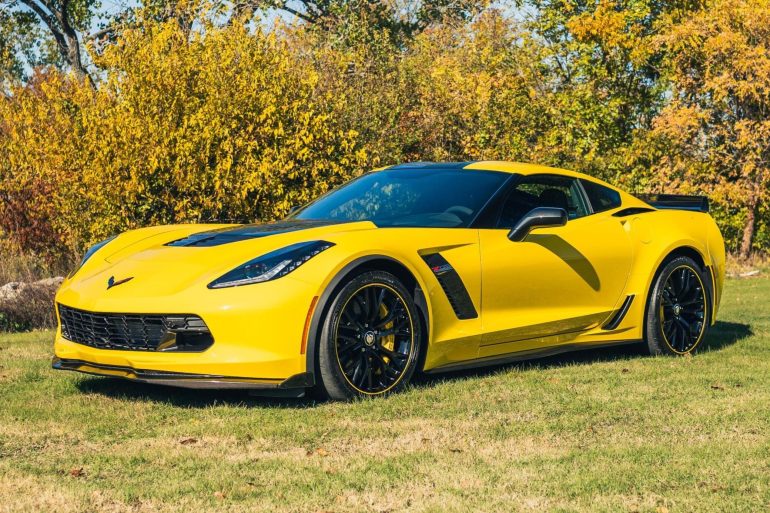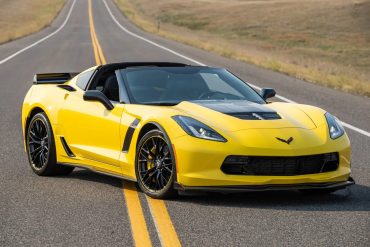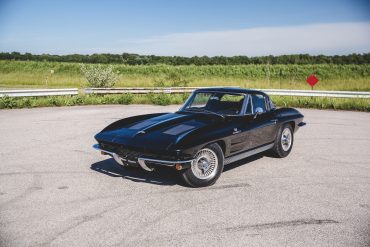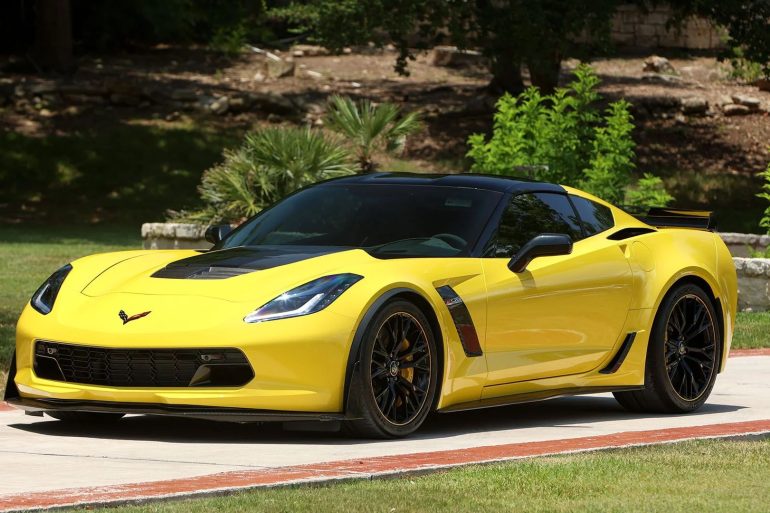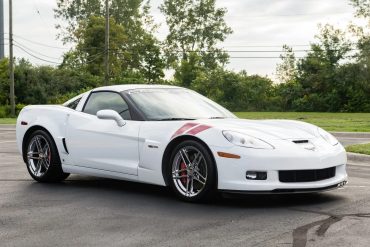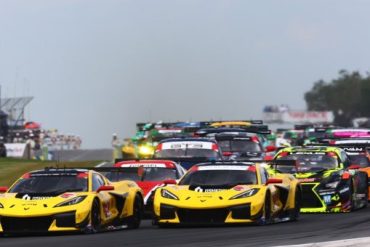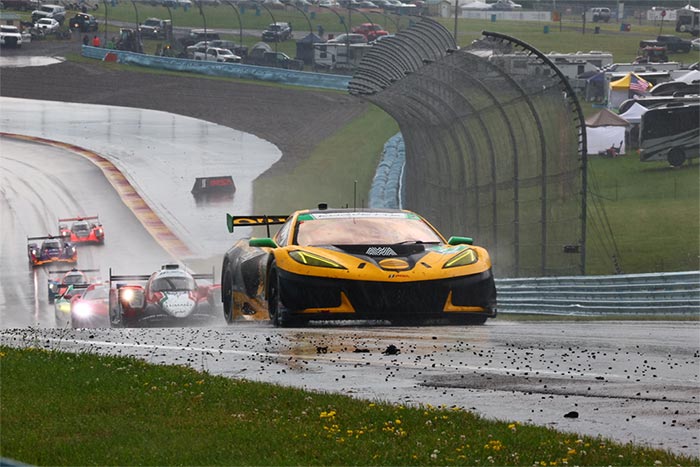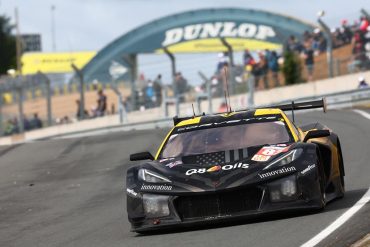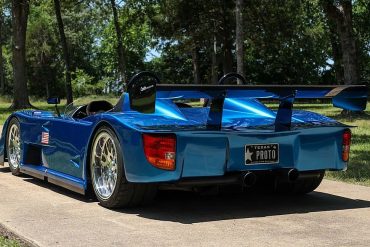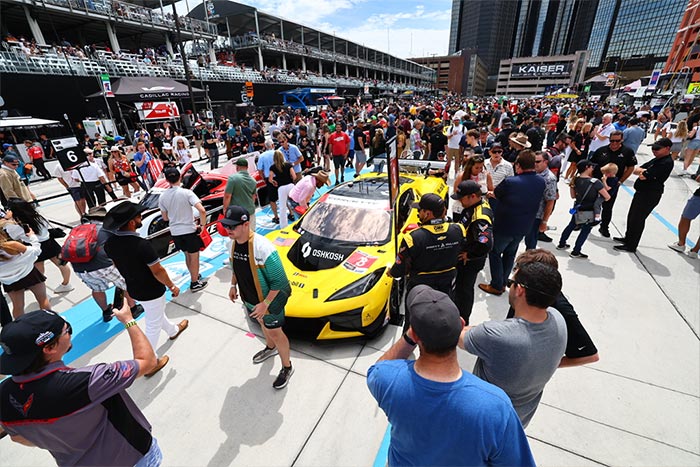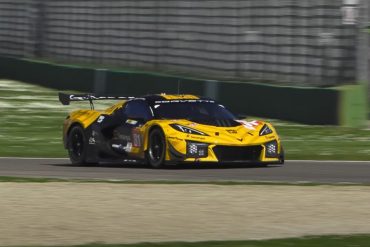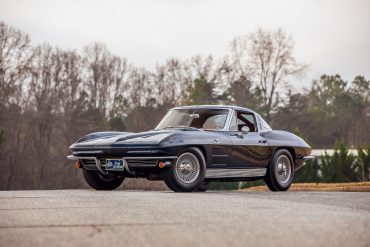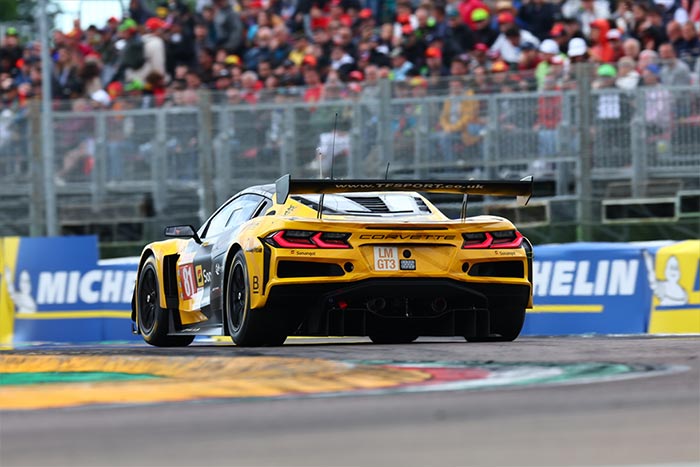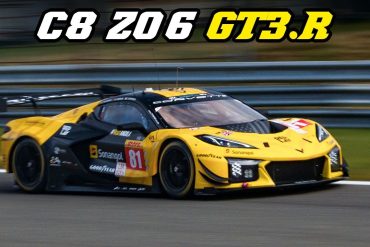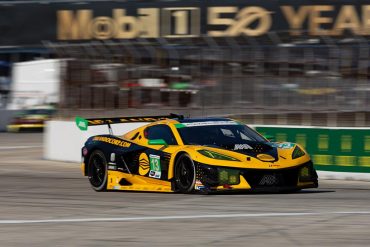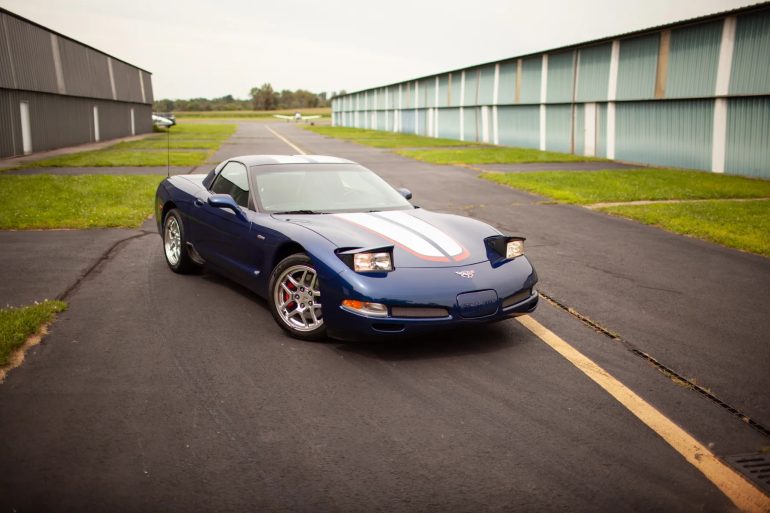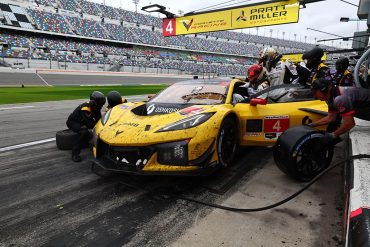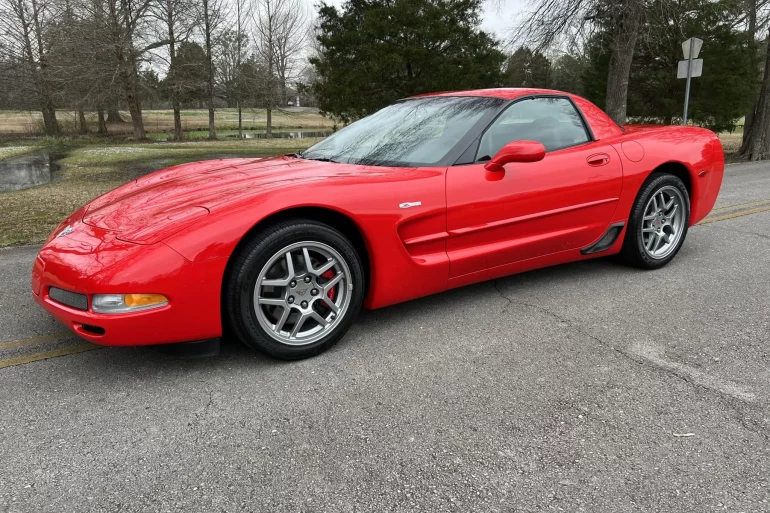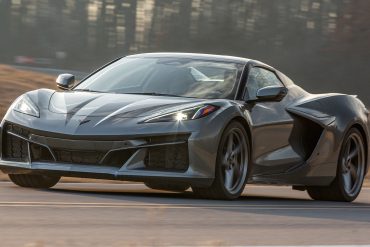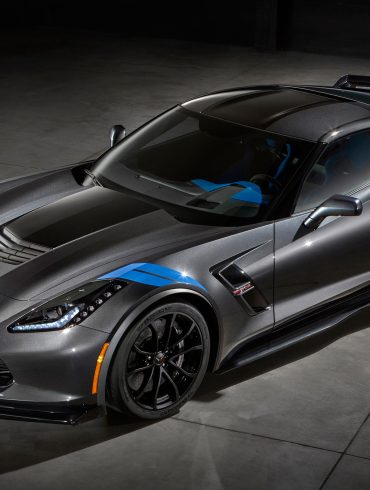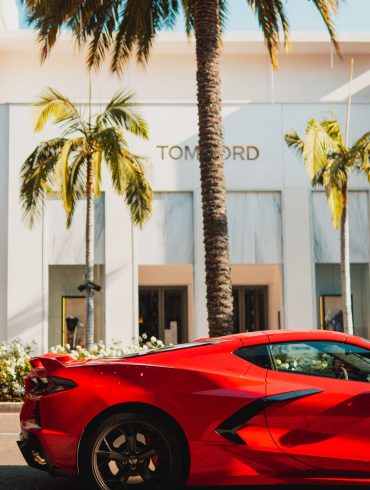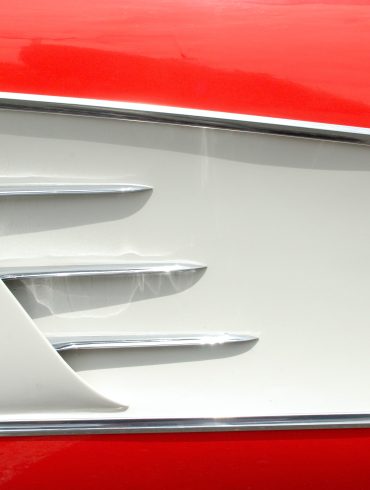The first Z06 was actually an option package first offered with the 1963 Corvette. The package was developed by Corvette's legendary lead engineer and racing advocate Z0ra Arkus-Duntov. The Z06 option was designed to allow consumers to bolster the 1963 "Split-Window" Corvettes performance and handling capabilities for use on the race track. Selecting regular production option (RPO) Z06 when ordering a Corvette resulted in a car equipped with some tasty options.
Corvette Z06
The Ultimate Resource
The Cars (In-Depth) / The History / Pictures / Videos / Evolution by Generation / News & Updates
Considering the evolution of the Z06 platform – from an early upgrade that circumvented Chevrolet’s inability to manufacture a race-ready production vehicle, to the Z06 of today which is essentially a race-ready production vehicle – there’s no doubt that Corvette engineers, owners and enthusiasts alike have had an unyielding obsession with ever-increasing speed and performance. With the 2023 Z06 announced and now receiving praise from everybody lucky enough to drive it, there is little doubt that America’s sports-car will continue to thrill future-generations with hair-raising horsepower and unrelenting performance for many years to come!
Corvette Z06 Generations
(C2) Z06 (1963) / (C5) Z06 (2001 – 2004) / (C6) Z06 (2006 – 2013) / (C7) Z06 (2015 – 2019) / (C8) Z06 (2023 - Present )
The History Of The Z06 Badge
As we all know, the review embargo on the new 2023 Corvette C8 Z06 was lifted recently, and the videos, written reviews, and snippets of both have been circulating the Corvette forums, Facebook groups, and performance car enthusiast sites endlessly. There is an air of expected performance, of being the best version of the Corvette, that comes with the Z06 badge affixed to the side of fenders that are next to the engine, yet where does this come from?
In celebration of the newest Z06, we thought it would be a great time to not look to the future, but instead to the past, to find the origins of the badge, and why it means so much in the grand scheme of all things Corvette. It may surprise you to know that the Corvette C5 generation was not where the Z06 code for high performance originated, and it was only through a bit of fate that the code was revived into a badge that is now synonymous with power. To understand the true importance of that one letter and two numbers, we first have to set the way-back machine to the launch of the Corvette C2, in 1963…
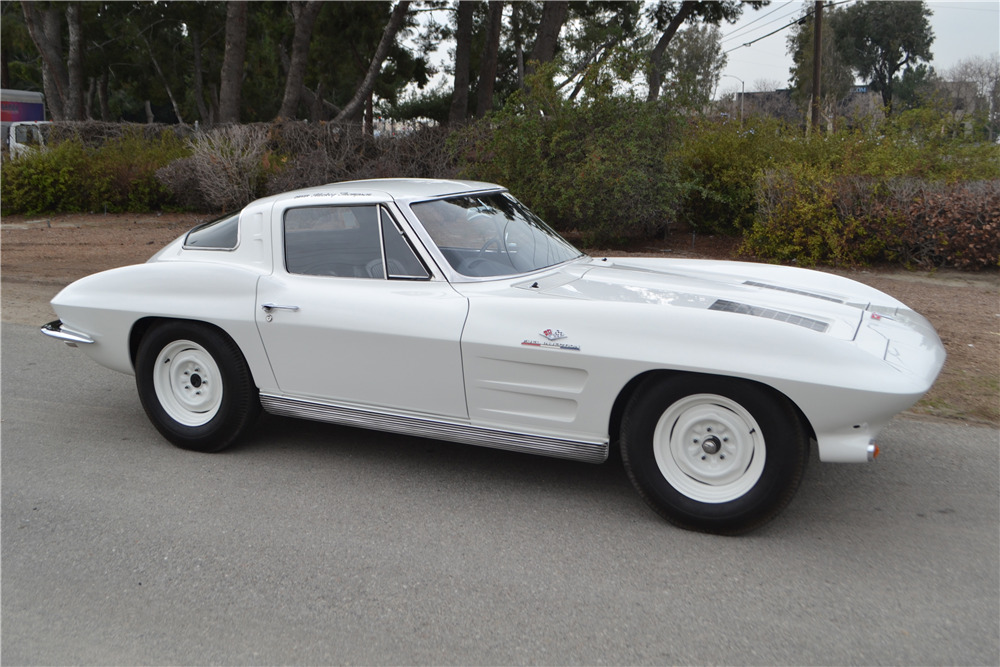
The 1963 Z06 Option Package
Due to the ban implemented by the Automobile Manufacturers Association (AMA) following the 1955 24 Hours Of Le Mans disaster, American car companies were not allowed to advertise their cars as race-rady, refer to race results, or sell cars designed purely to go racing. This ban nearly prevented the awesome L88 Corvette C2 and C3 variants, and forced Chevrolet to find a surreptitious way around selling a race car when the second generation was launched.
To wit, when the 1963 Corvette C2 was launched, there were a ton of RPO (Regular Production Option) codes that could be selected. Which engine did you want? Did you want air conditioning and an automatic gearbox? Options like these were standard, but at the very bottom of the options list, where the packages were listed, Chevy had snuck in RPO Z06. The Z in the code was there because it was a package specifically designed and engineered by Zora Arkus-Duntov. The 06 was there to signal that this was the 6th factory option package that Zora had designed, and hence, Z-06, shortened to Z06.
While it was advertised as a “special equipment package,” in all senses but selling you a crash helmet, it was a race car from the factory and officially known as the 1963 Corvette Z06. Consider that the front stabilizer bar was thickened to nearly and inch, the suspension and springs were nearly doubled in rebound and stiffness, the brakes were made with sintered brake linings to be able to not fade when extremely hot, and the barkes had a dual-circuit master cylinder and a vacuum brake booster to reduce pedal travel while providing threshold braking.
Underneath that Z06 package were further options, such as the “long range cruising” 36.5 gallon fuel tank (RPO N03). Three other options, cleverly woven together by Zora, were “required” to tick off the Z06 box too. The first of these was the L84 327 Fuelie V8 that pumped out 360 HP. The other two options needed were the manual four-speed transmission and the positraction differential and rear end setup. By separating these three out from the Z06 option, but making them a requirement, the AMA was none the wiser about all of it coming together to make a race car.
The cars were quite rare, however, due to a bit of sticker shock for all the options put together. A 1963 Corvette C2 was already nearly $4,000 with no options attached (just under $39,000 in 2022), and the three required options, RPO Z06, and RPO N03 combined to near-as-makes-no-difference $1,800. Put another way, to buy the race car version of the C2, you were paying nearly 50% of the MSRP extra. But what a car it bought you…
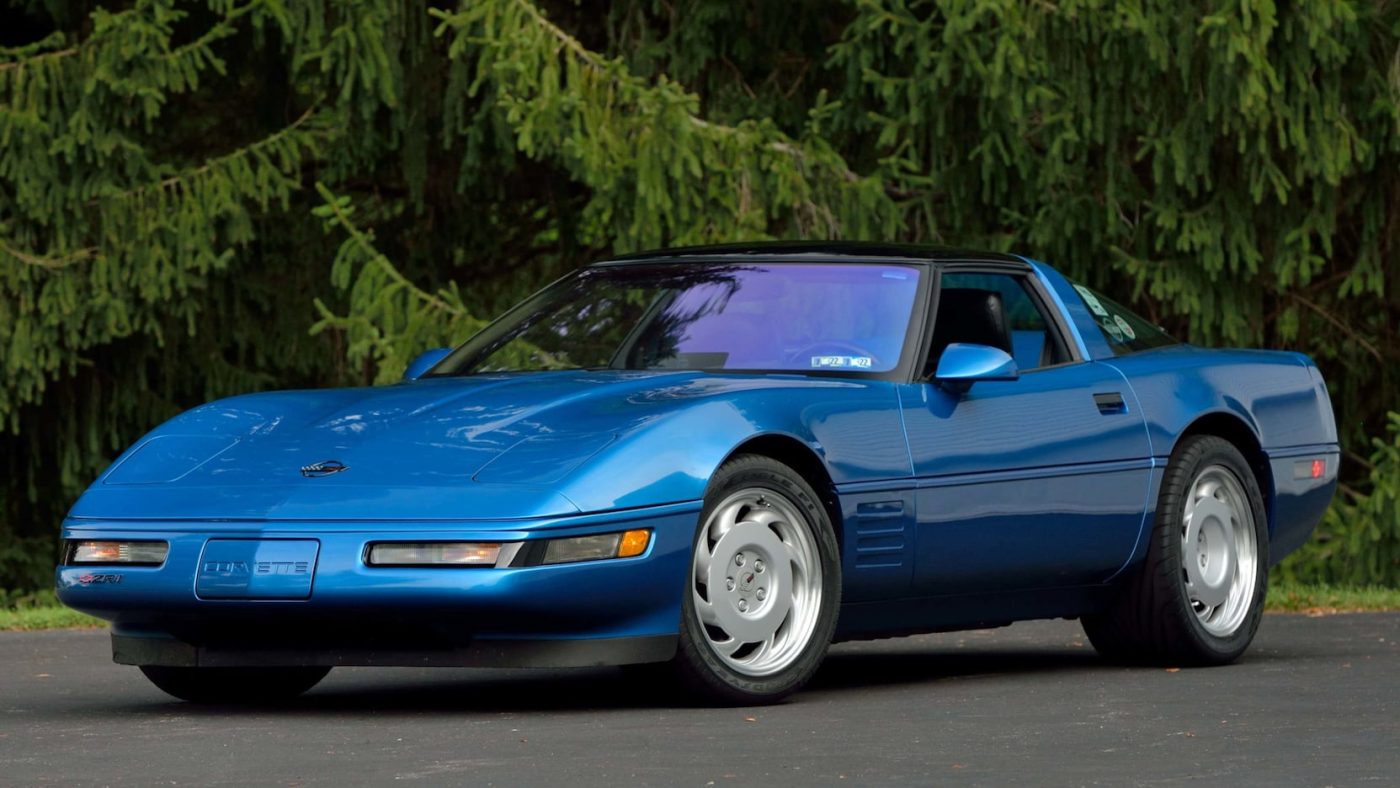
Bringing Back The Z06 Badge For The Corvette C5
After the dismal first half of the generation for the Corvette C4, things had started to look up in the early 1990s as the ZR-1 was released, the base spec options were increased, and interest in the branding started to grow again. However, by the time the high performance ZR-1, which had an at the time astounding 375 HP, had been developed and released, in its first year it was listed at $58,995 (approximately $133,700 in 2022 USD). This made it exorbitantly expensive, and a car for the wealthier of the Corvette enthusiasts.
Just under 7,000 ZR-1’s were made, proving that there was a demand for higher-performance, race-car-derived Corvettes. Chevrolet took notice of that and while the Corvette C5 was being developed, they increased the base car’s performance with the LS1 V8 to 350 HP. As well, to reduce the overall cost of the C5, it was a totally new design, unlike an evolution of the previous generation’s chassis and design from the first four generations. It was affordably priced at $37,495 (about $69,100 today) and proved extremely popular from the start, selling almost 10,000 cars in 1997 alone after going on sale in August of that year.
However, from the start of production, there were plans to both create a race car version of the car, the Corvette C5.R, and a subsequent “race car for the road” version based on it. However, as the ZR-1 tag was still heavily associated with the fourth generation as it entered into the secondary and auction/resale market, another tag that signified racing performance in a road car was needed. The car itself was coming along nicely, development was going smoothly, but there was no tag attached to it.
In what we can only imagine was a meeting in a nameless boardroom at General Motors where an employee that was a Corvette history enthusiast suggested looking at the first year of the C2, as the Z06 code simply screamed out from the annals of history. As the C5 Z06 was going to be a lightweight, race-car derived option package, it was the perfect fit. This time around, however, the marketing and design team at Chevrolet were not bound by a ban on advertising a car as a race car for the road, and were not prevented from referring to the 1-2 victory of the C5.R at the 2001 24 Hours of Le Mans. The design team drew up a badge or twenty, and once one was selected, the Z06 made its first appearance on the side of a Corvette in August 2001.
For the Corvette C5, it was a mild upgrade, boosting the LS1 engine to 385 HP and codifying that upgrade as the LS6. A year later, that power was boosted to 405 HP, making the C5 Z06 one of the few American sports cars at the turn of the century that boasted over 400 HP. The Z06 was also restricted to being a hardtop coupe only, had race-derived FE4 suspension and springs, larger wheels and tires, functional brake cooling ducts (supercar level technology at the time), a special gear ratio setup for acceleration and top end speed, and featured a titanium exhaust system, thinner glass, a reduction in sound proofing, even going as far as using a lighter weight battery for the car.
As a result, the Corvette C5 Z06 was rapid, with 0 to 60 times in the low 4 seconds, sub-12 second quarter miles, and could hold over 1.02 G in skidpad testing, making it one of the best handling, fastest sports cars at the time. The Z06 sold like hotcakes despite being priced $10,000 above the base C5 coupe, as of the nearly 250,000 Corvette C5’s sold between 1997 and 2004, 11.5% were Z06s, or put another way, just under 29,000 C5 Z06’s were made.
As we all know, the subsequent generations that had race car versions also had a Z06 version come out a couple of years afterwards, including the current Corvette C8 Z06, the one of the most powerful cars that Chevrolet has sold. Ever. But, starting with the sixth generation, there was another badge that you could have affixed to the front fenders (or rear air scoops for the C8) of your Corvette…
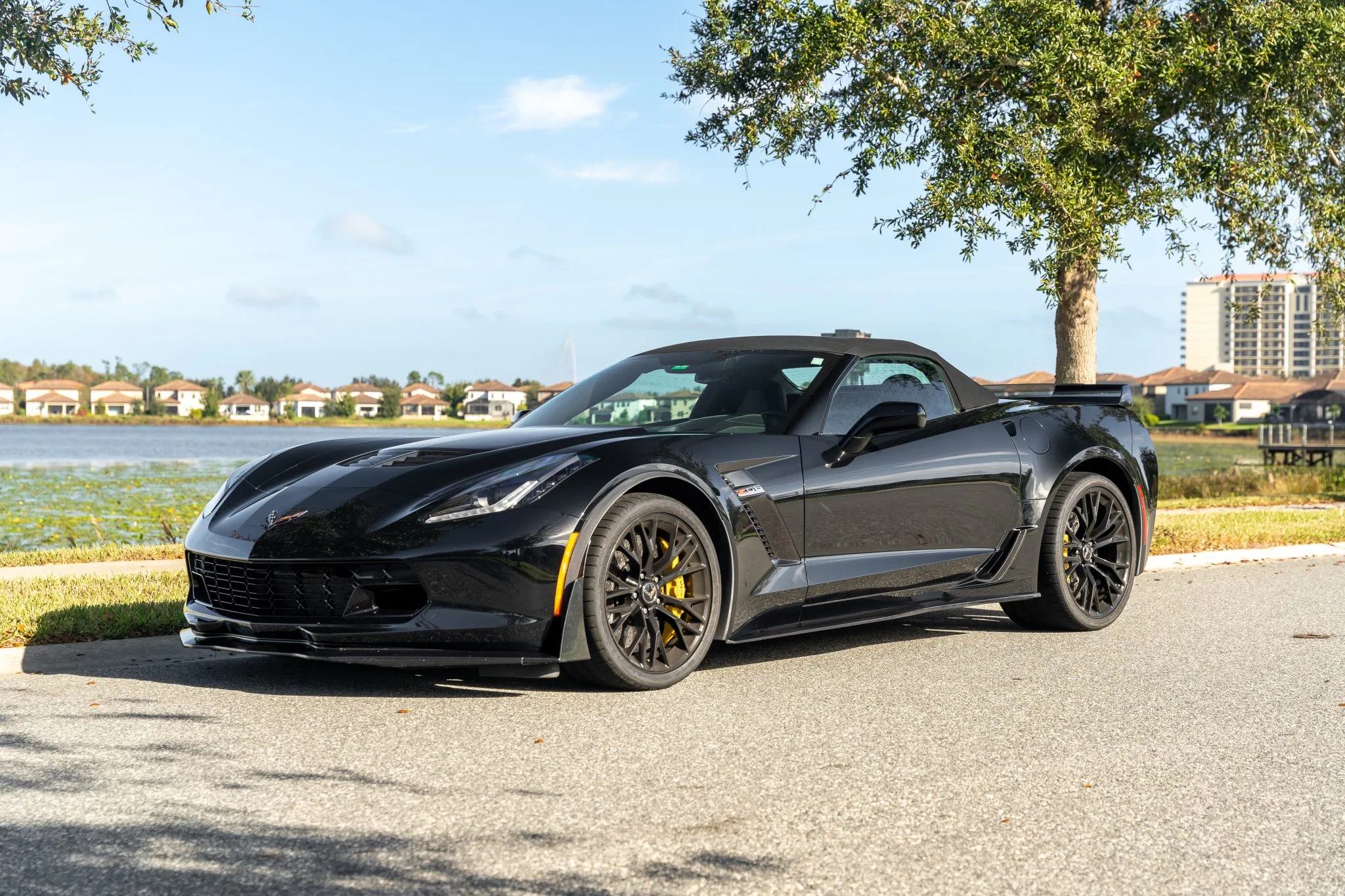
The Upgrade Of The Upgrade: The Z07
When the Corvette C6 made its debut in 2005, with a LS2 V8 producing 430 HP, more than the C5 Z06, in base spec, it was a barely kept secret that there was going to be a Z06 package available in a few years, as the C6.R race car was not developed in secrecy. There was no wasting time this generation, as the Z06 was launched in 2006, with a LS7 V8 chucking 505 HP to the rear wheels. Corvette enthusiasts were over the moon, but behind the scenes, whispers of a car named “Blue Devil” were circulating.After much speculation, the supercharged Corvette C6 ZR1 was unveiled in 2007, and boasted a spine shattering 640 HP and 604 lbs-ft of torque from its new LS9 engine when it went on sale in 2009. That was a very significant power jump of 135 HP between the high performance car and the high performance version of the sixth generation. While no one was really griping about it, Chevy took it upon themselves to develop a new package option that made a “race ready” Corvette available without needing to shell out the over $100,000 to buy the ZR1.
So, much to the surprise of everyone, there was a new “ultimate performance package” listed for the 2011 model year, with the code of Z07 and an additional $9,495 added to the sticker of a Z06. The Z07 was quickly nicknamed the “track pack” because of the track-focused nature of the included equipment, which were the first implementation of magnetorheological suspension components on a Corvette called “magnetic selective ride control,” Brembo carbon-ceramic brakes, larger wheels all around, and damned-near-semi-slick Michelin Pilot Sport 2 tires, which were fitted to larger, lightweight ZR1 style 20 spoke wheels. And these are just some of the things that were thrown in!
The Corvette C7 Z07 had even more to the table, with the optional add-on of carbon fiber aerodynamic parts. These were in the form of a front splitter with winglets, rocker panels, and a NASCAR-style rear lip spoiler that could also be set up to have a wickerbill in the center to add even more downforce, or you could splurge out on the options list and get a GT-wing version. It also upgraded the already strong 6- and 4-piston steel Brembo brakes of the Z06 to carbon ceramic-matrix brakes, which were second generation carbon ceramics that did not suffer the sudden “grabbing” that many first generation carbon ceramic brakes did for many manufacturers.
With the C8 Z06 available now, the Z07 performance package carries the same major upgrades, such as carbon ceramic-matrix brakes, front and rear carbon fiber aerodynamic pieces, but both the Z06 (option) and Z07 (included) takes it one step further by offering the first GM-provided carbon fiber wheels on a Corvette, called Carbon Revolution. Compared to the standard motorsport-grade aluminum wheels of the standard Z06, these wheels remove 10.25 lbs per corner, or 41 lbs unsprung weight. It may not seem like 41 lbs would make a difference, but as unsprung weight, every ounce counts, and even Chevy estimates that at most mainstream tracks like Road America, Virginia International, Sebring, and the like, the carbon wheels could reduce lap times by up to 2 seconds.
However, for us, we’re just happy that the Z06 performance version of the Corvette is here to stay this time, and we’re quite sure that were Zora still around, he’d have given it a major stamp of approval to reuse the badging.
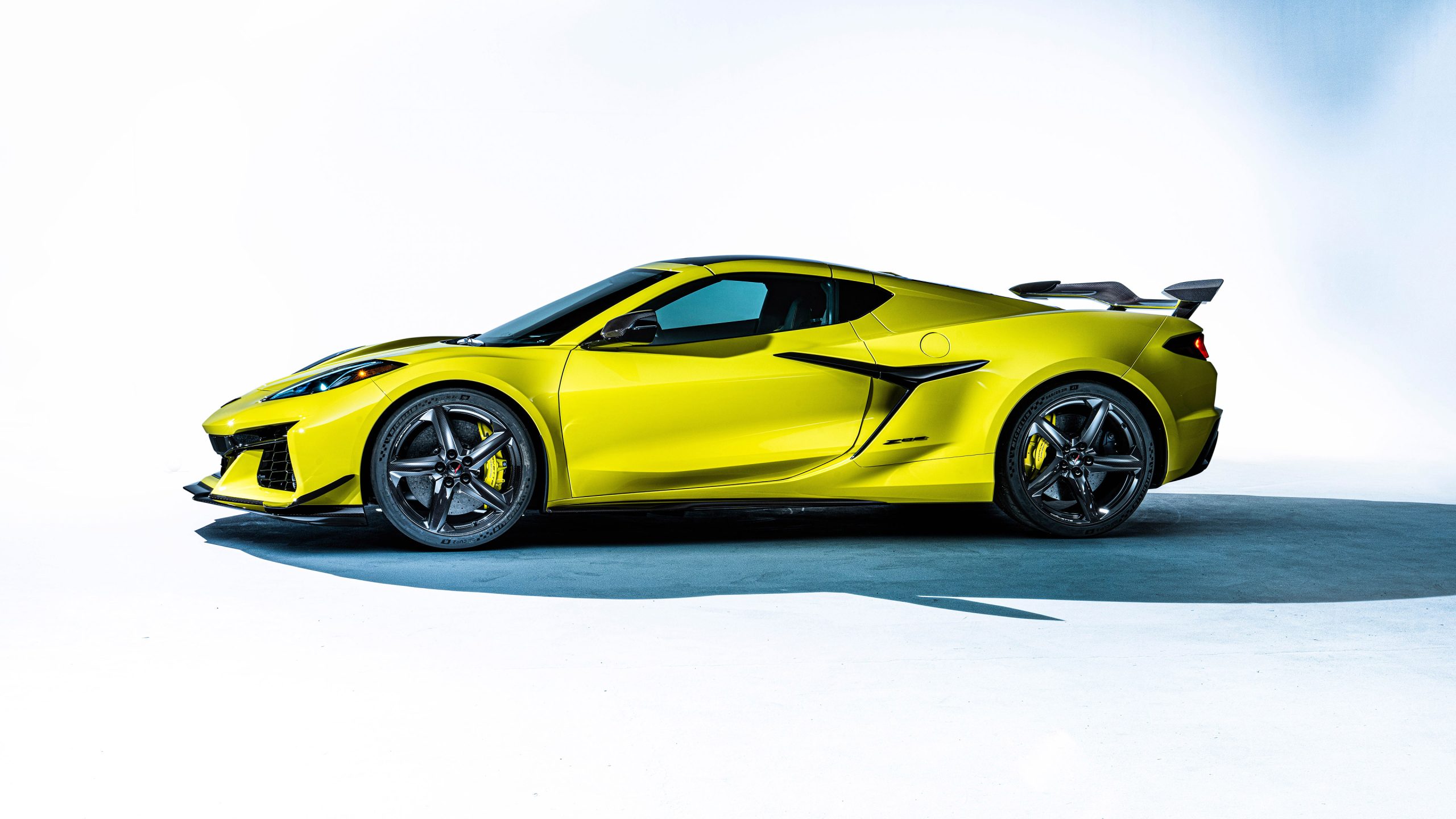
Corvette Z06 Pictures & Wallpapers
We have curated some of the most stunning Corvette Z06 images from across the internet.
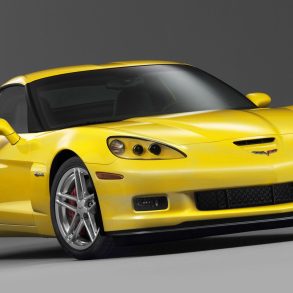
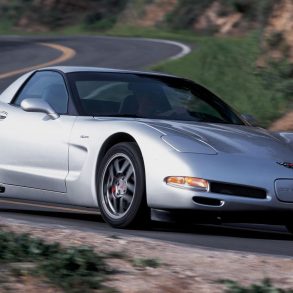
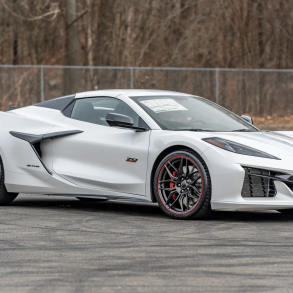
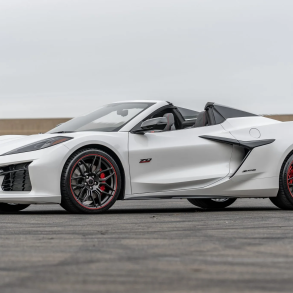
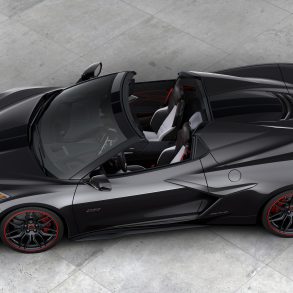
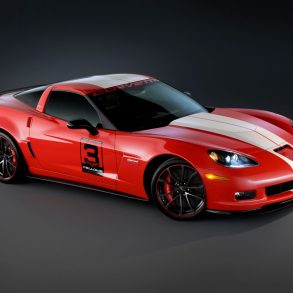
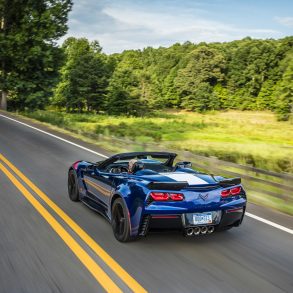
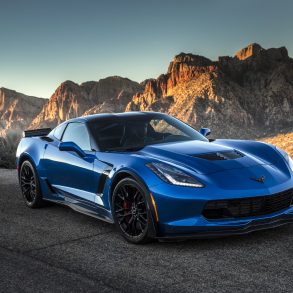
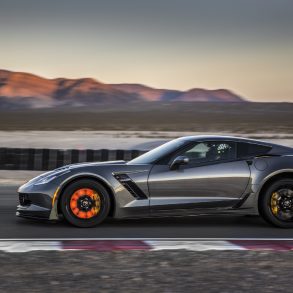
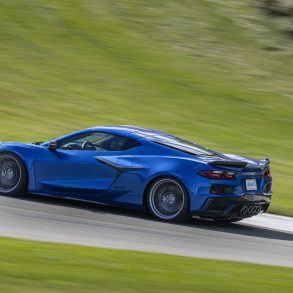
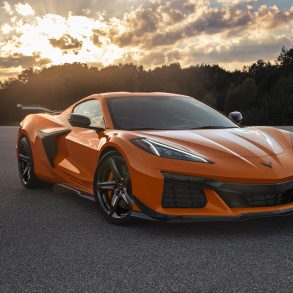
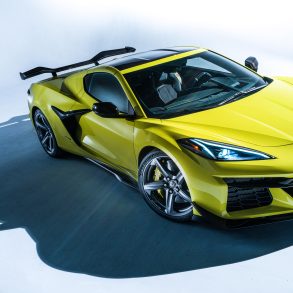
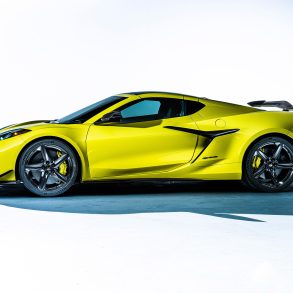
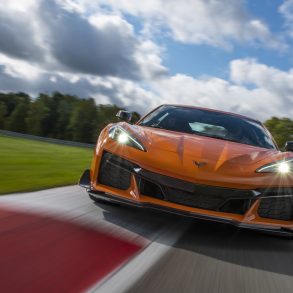
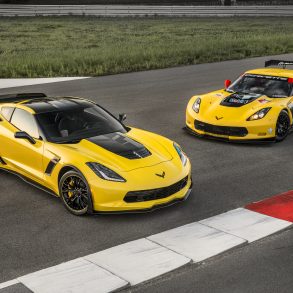
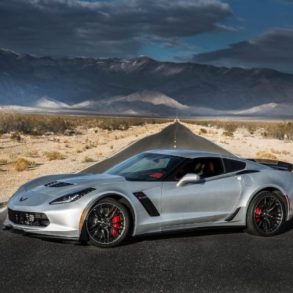
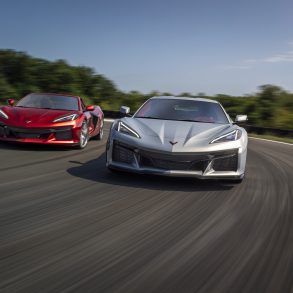
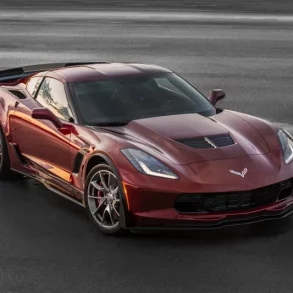
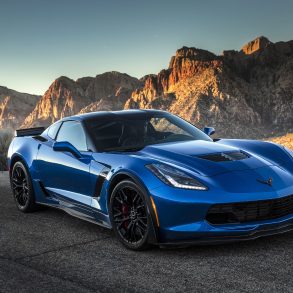
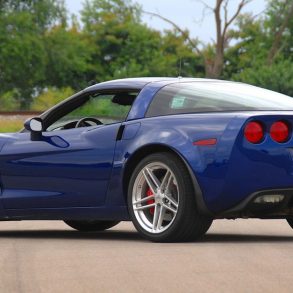
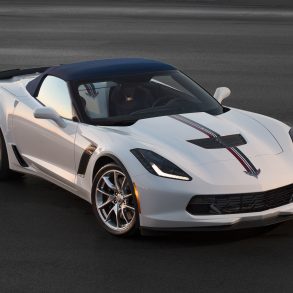
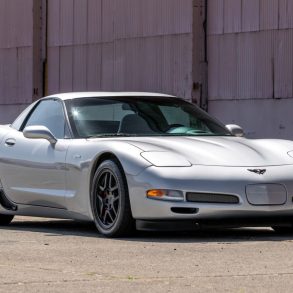
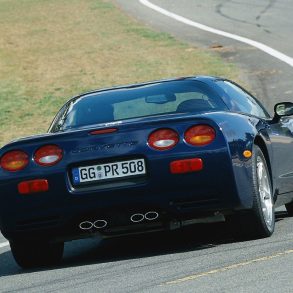
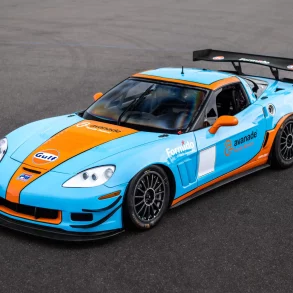
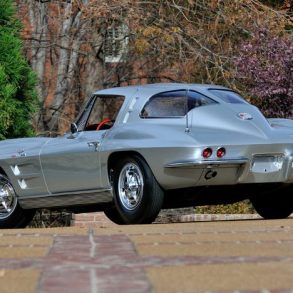
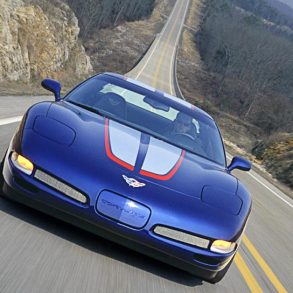
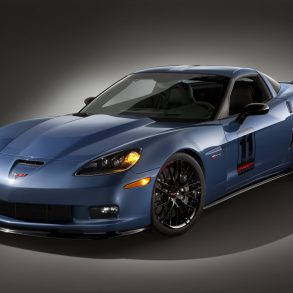
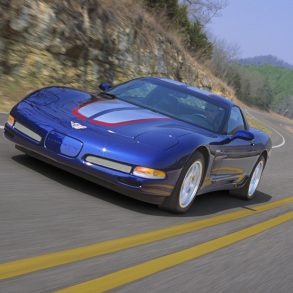
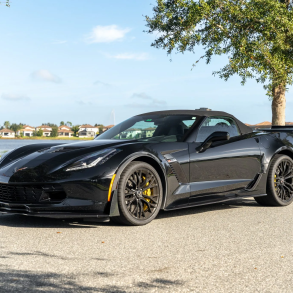
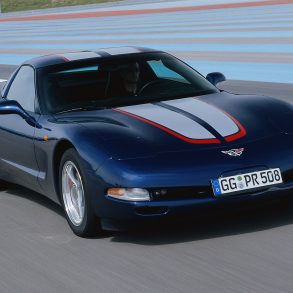
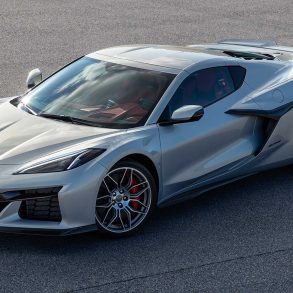 2023 Corvette Z06
2023 Corvette Z06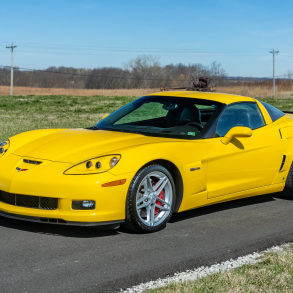 2007 Chevrolet Corvette Z06 | Image Courtesy of Bring a Trailer
2007 Chevrolet Corvette Z06 | Image Courtesy of Bring a TrailerCorvette Z06 Videos
Sick back and enjoy the show. These Z06 Corvette videos and reviews are all about getting the blood pumping. And you may want to turn up the volume because these cars sound insane.
Evolution of the Z06 Corvette by Generation
The Chevy Corvette has always been synonymous with affordable high-performance. Since its earliest iterations, the Z06 Corvette has pushed the envelope of speed and handling, offering drivers the opportunity to purchase a car that was equally capable on the race track or the open road. As far back as the late 1950’s, the engineers behind the Corvette recognized that some of their customers wanted more power, stiffer suspension and better handling than the standard production models could offer. They knew that many Corvette owners were purchasing their cars to be driven exclusively on the race track. While the base model coupes (and convertibles) offered a lot of “bang for the buck,” there was still a divide between a standard model Corvette and a car that was truly capable of competing at the track.
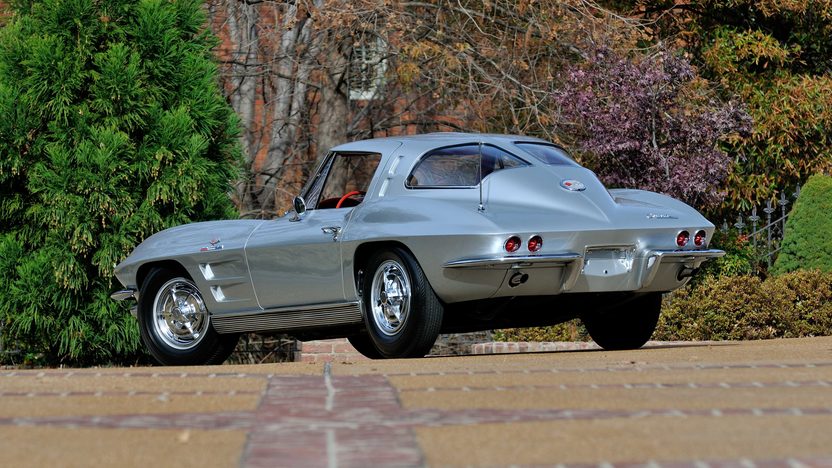
The 1963-1964 Z06 Coupe
You may not know this, but the first Z06 Corvettes were actually introduced at the launch of the C2 Corvette in 1963.
Corvette had already proven itself to be a performance-driven machine. While early Corvettes were considered slow and sloppy, the evolution of the C1 Corvette was such that, by the 1962 model, it was anything but. Still, recognizing the gap in performance, Zora Arkus-Duntov developed a competition package that could be purchased by consumers when ordering their Corvettes. The package, which was tagged as regular production option (RPO) Z06, added stiffer suspension, a more robust braking system and a larger gas tank (to increase drive distances between pit stops.)
Because of the AMA ban on factory backed racing programs, Duntov (and Chevrolet) had to be cautious about marketing an option that would make a production Corvette race-track ready. The solution was to incorporate an option that provided consumers with better handling and stopping ability that, when ordered in conjunction with other selectable upgrades, made their Corvette a formidable competitor. Ordering a race-ready Corvette was a two-step process: First, consumers had to specify that they were purchasing a “fuelie” (fuel-injected) coupe equipped with a four-speed manual transmission and a Posi-traction limited slip differential. Only then could the Z06 option be added to the car.
Of course, RPO Z06 came with a fairly hefty price-tag – an additional $1818.45 in 1963 – on top of the base price of the car. Given the sizable cost of the add, few Corvettes were ordered with the Z06 option. While estimates vary, most agree that approximately 200 Z06 Corvettes were manufactured between 1963 and 1964. However, for those that did purchase the Z06 option, the upgraded Corvette proved to be a solid contender on the racetrack, holding its own against competitors like the Shelby Cobra in SCCA race events. Interestingly, the Z06 moniker – which had garnered a quick reputation amongst Corvette enthusiasts as the top-of-the-line track version of the car – disappeared after its brief production run, and would not surface again for nearly thirty years.
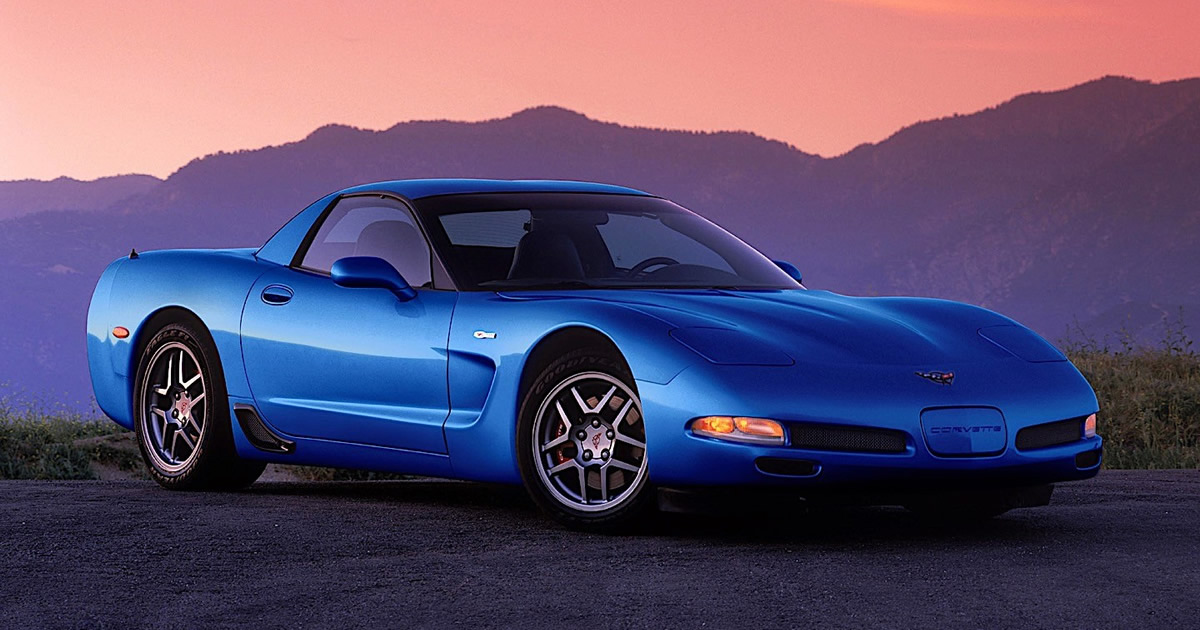
The 2001 - 2004 C5 Corvette Z06 Coupe
Based on the Fixed Roof Coupe that had been introduced by Chevrolet in 1999, the 2001 Corvette Z06 was built to rival the horsepower and performance that had previously been boasted by the fourth-generation ZR1 Corvette from 1990–1995.
As with Zora Arkus-Duntov before him, the idea to develop a true “race-ready” Corvette stemmed from the discontented mind of David Hill, Corvette’s Chief Engineer (at that time). Hill felt that the current C5 coupe and convertible platforms lacked the performance that consumers increasingly demanded from the Corvette. He recognized that not all Corvette owners cared about the comforts and convenience features offered in a weekend cruiser and instead wanted a car that was capable of being the strongest – and fastest – vehicle on the streets.
The Z06 naming convention was actually re-introduced to pay homage to Zora Duntov and the original “race-ready” Z06 Corvette package that he’d been instrumental in developing for the 1963 production model. To further honor the famed engineer, Chevrolet engineers developed a new powerplant for the fifth-generation Z06 model. Dubbed the LS6, the engine carried the same designation given to Duntov’s famed 425 horsepower big-block V-8 that was offered (though briefly) in 1971.
The new LS6 engine produced an impressive 385 horsepower and 385 lb.-ft of torque. It was mated to a new six-speed manual transmission gearbox that included more aggressive gearing than that found on the base model Corvettes. The car boasted an impressive power-to-weight ratio of 9.09 pounds per horsepower, with a 0-60 time of just 4 seconds and a quarter-mile time of just over 12 seconds. As with the earlier Z06, the fifth-generation variant included upgrades to the suspension and braking systems. Unlike the earlier model, the new Z06 also featured an improved, higher-output exhaust system and track-ready tires.
For the 2003–2004 models, improvements made to the LS6 engine increased output from 385 horsepower to 405 horsepower. For the 2004 model year, Chevrolet also introduced a Z06 Commemorative Edition which featured a carbon-fiber hood, and special badging celebrating Corvette’s success at the 24 Hours of Le Mans the previous year.
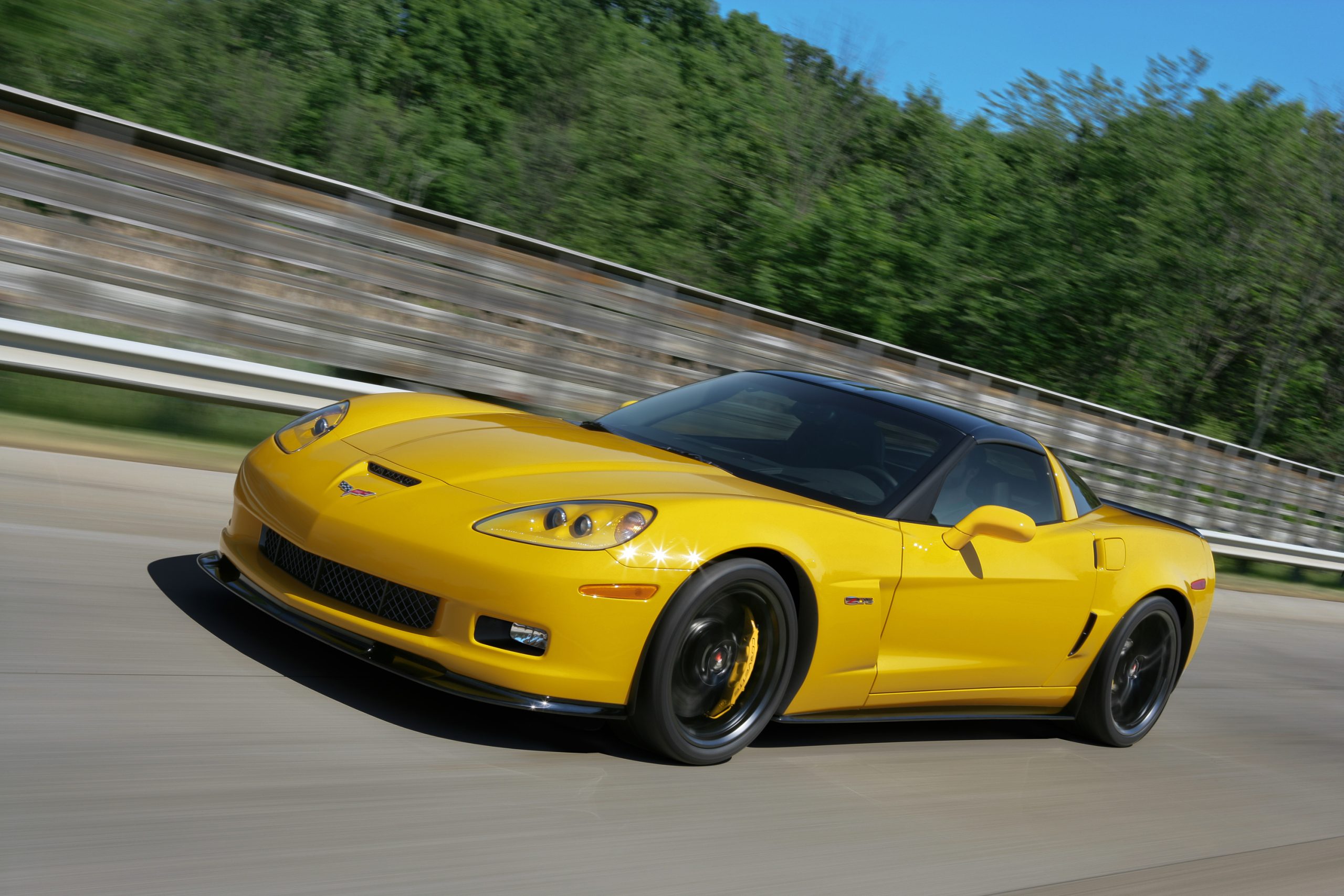
The 2006 - 2013 C6 Corvette Z06 Coupe
By the time the C6 Corvette was introduced in 2005, the Z06 marquee was immediately identified for representing high-performance and handling with Corvette fans the world over.
The Z06, which had emerged from the shadow of the FRC in 2001, had transformed the Corvette from just a sports car to something more – a super car that could now stand up to the likes of the Dodge Viper, Ferrari and Porsche. Despite this, the absence of the Z06 package at the unveiling of the sixth-generation Corvette left some enthusiasts wondering whether another “super-Corvette” was forthcoming. If it was, what form would it take? The answer came just a year later.
As with the C5 variant a few years before, the new Z06 emerged under the careful eye of David Hill. Taking lessons learned from the C5.R Corvette Race Car during its previous American Le Mans and 24 Hours of Le Mans racing season, the new Z06 was not only a race-track ready Corvette, but rather a Corvette that had evolved from it race-car counterpart. It represented the growing connection between the Corvette production vehicle and the C5.R.
The car’s body design was an evolution of the 2005 Coupe, albeit with some significant improvements. Carbon fiber components helped to lighten the car’s overall body weight, while improved manufacturing processes resulted in more structural rigidity to the car’s chassis. Functional air scoops were introduced to assist with brake cooling and to drive air into the throat of the engine.
And even among the Corvette’s LS engines of the day, the Z06’s was a beauty! The powerplant in the 2006–2013 Corvette was an LS7, the-then-new 427 cubic-inch engine that was intentionally designed to operate like one of the big block engine from yesteryear. The Z06 now featured an engine that was capable of 505 horsepower at 6,200 rpm, with an engine rev limit of 7,100 rpm. Similarly, the LS7 engine produced a total of 475 lb.ft of torque at 4,800 rpm, and even produced an impressive 385 lb. ft of torque at just 1,600 rpms.
As with all other Z06 models (save for the 2015 Z06 Corvette, which features an optional 8-speed automatic), the 2006 C6 Z06 version came equipped with a beefed-up six-speed manual transaxle. In addition to the transmission, the Z06 also received an upgraded clutch, half-shafts, U-joints and limited-slip differential. Another of the race-car inspired touches that were to be included in the C6 Z06 centered around the introduction of a special transmission oil pump that sent fluid to the car’s main radiator, a secondary heat exchanger, before returning to the gearbox, where it could aid in cooling the differential oil, especially during more rigorous driving conditions.
The Z06’s braking system featured larger, 14-inch front rotors and 13-inch rear rotors, all of which were cross-drilled for added cooling. Larger-than-stock, one-piece calipers were mated to these rotors. The front calipers featured a six-piston braking system while the rears included a four-piston system. All of the calipers were painted bright “Corvette Red” which was a defining characteristic of the C6 Z06. Interestingly, the suspension system for the Z06 remained mostly the same as the base model coupe, featuring independent short/long aluminum control arms and transverse leaf springs. However, the Z06 suspension did feature different, higher rate springs, special mono-tube dampers and larger sway bars that worked in conjunction with the larger tires and wheels.
Naturally, the sixth-generation Z06 came with a more-robust price-tag than the coupe or convertible models, but it also provided drivers an experience behind the wheel that was on-par with many of the premier sports cars from around the world. In 2006, the Z06 Corvette had a base price of $65,800.00 (excluding any available options). Yet, despite the dramatic price increase, the Z06 accounted for nearly 20% of all Corvette sales throughout the remainder of the sixth-generation Corvette’s production run.
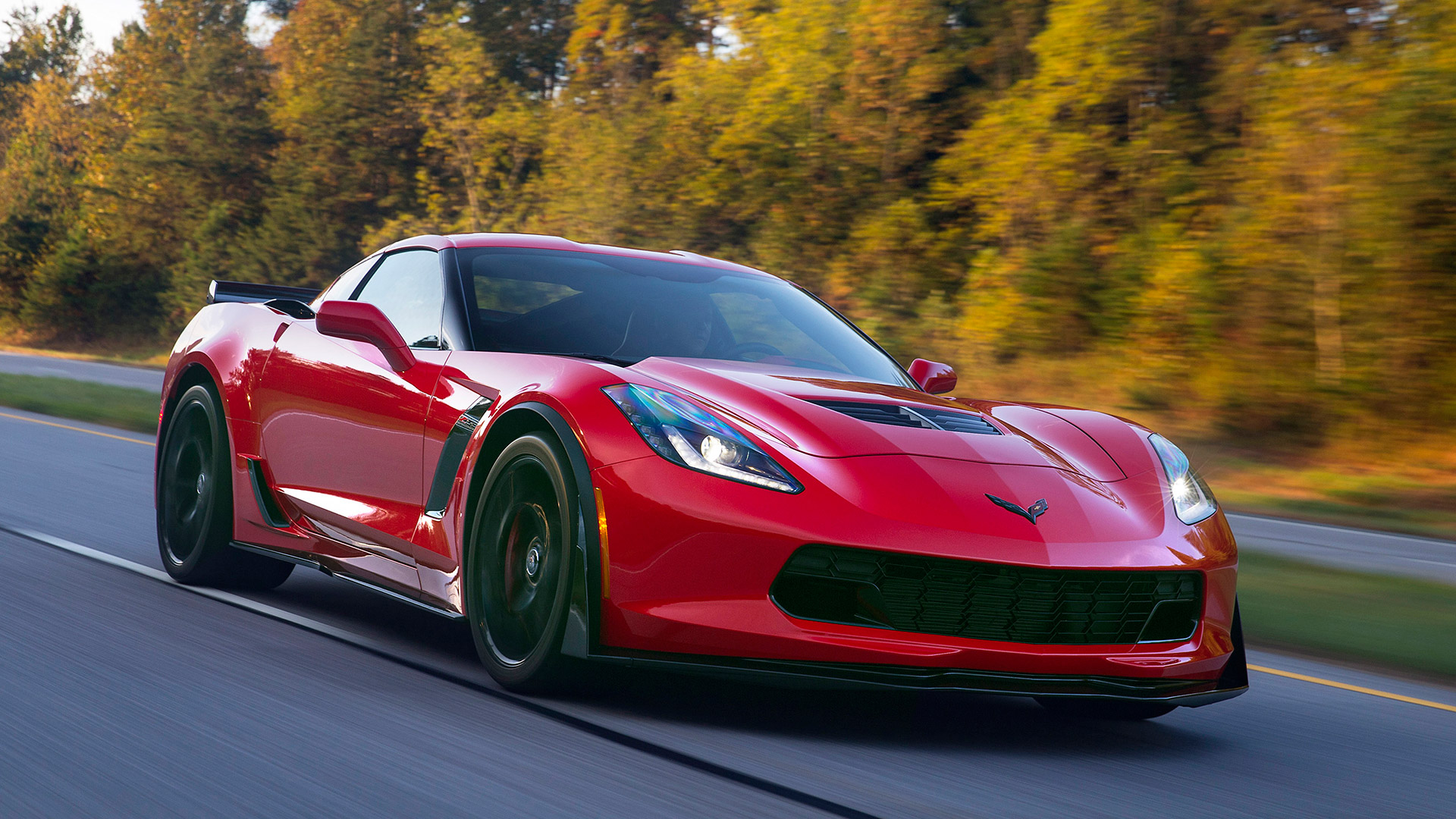
The 2015 - 2019 C7 Corvette Z06 Coupe
Identified as “the most track-capable Corvette ever,” there is no doubt that Chevrolet had a singular focus when building the new 2015 Z06 Corvette: to create a track-ready super-car that shared the DNA of its C7.R race car counterpart.
The statistics speak for themselves:
0-60 mph acceleration in 2.95 seconds with the eight-speed auto and 3.2 seconds with the seven-speed manual.
Quarter-mile times of 10.95 seconds at 127 mph with the eight-speed and 11.2 seconds at 127 mph with the manual.
A lateral acceleration of 1.2 g.
60-0 mph braking in only 99.6 feet – the best of any production car tested by General Motors.
At the heart of the 2015 Corvette Z06 was the new LT4 supercharged 6.2L V-8 engine. The LT4 was SAE-certified at 650 horsepower at 6,400 rpm and 650-lb-ft of torque at 3,600 rpm. This certified performance rating identified the Z06 Corvette as not only the most-powerful production car ever built by General Motors, but also one of the most powerful production cars available in the United States up to that point in time. While the Z06 Corvette was a powerhouse that rivaled the C7.R Corvettes that were being developed as part of the racing program, Chevrolet also recognized the importance of building a platform that enabled drivers of all levels the capability of maximizing the performance they got out of their cars.
The Z07 package was introduced as part of the 2015 Corvette Z06 roll-out. The Z06 package added adjustable front and rear aero components to the car. It included adding larger winglets to the front splitter, along with an adjustable, see-through center section on the rear spoiler for track use. With this package, the C7 Corvette Z06 delivered the most aerodynamic downforce of any production car GM had tested. While the 2015 Z06 Corvette was developed specifically for track-ready, high-performance driving capabilities, the interior of the car was also developed in conjunction with the C7 Stingray to offer drivers a level of luxury that had been notably lacking from earlier iterations of the Corvette.
Perhaps the most impressive aspect of the new C7 Corvette Z06 was the fact that it was offered as both a coupe and a convertible. Thanks to recent technical advancements made by GM’s engineering team, including advances in computer-aided engineering, metallurgy and manufacturing – many of which did not exist five years ago – Chevrolet was finally able to produce a frame strong enough for a Z06 Convertible. The new aluminum structure was engineered to be 20 percent stiffer than the previous, fixed-roof Z06. As there were no structural reinforcements needed for the Z06 Convertible, its curb weight was nearly identical to the Z06 Coupe. Both versions of the car also shared the same chassis tuning, powertrain output, driver technologies and equipment options – which included a track-focused Z07 Performance Package.
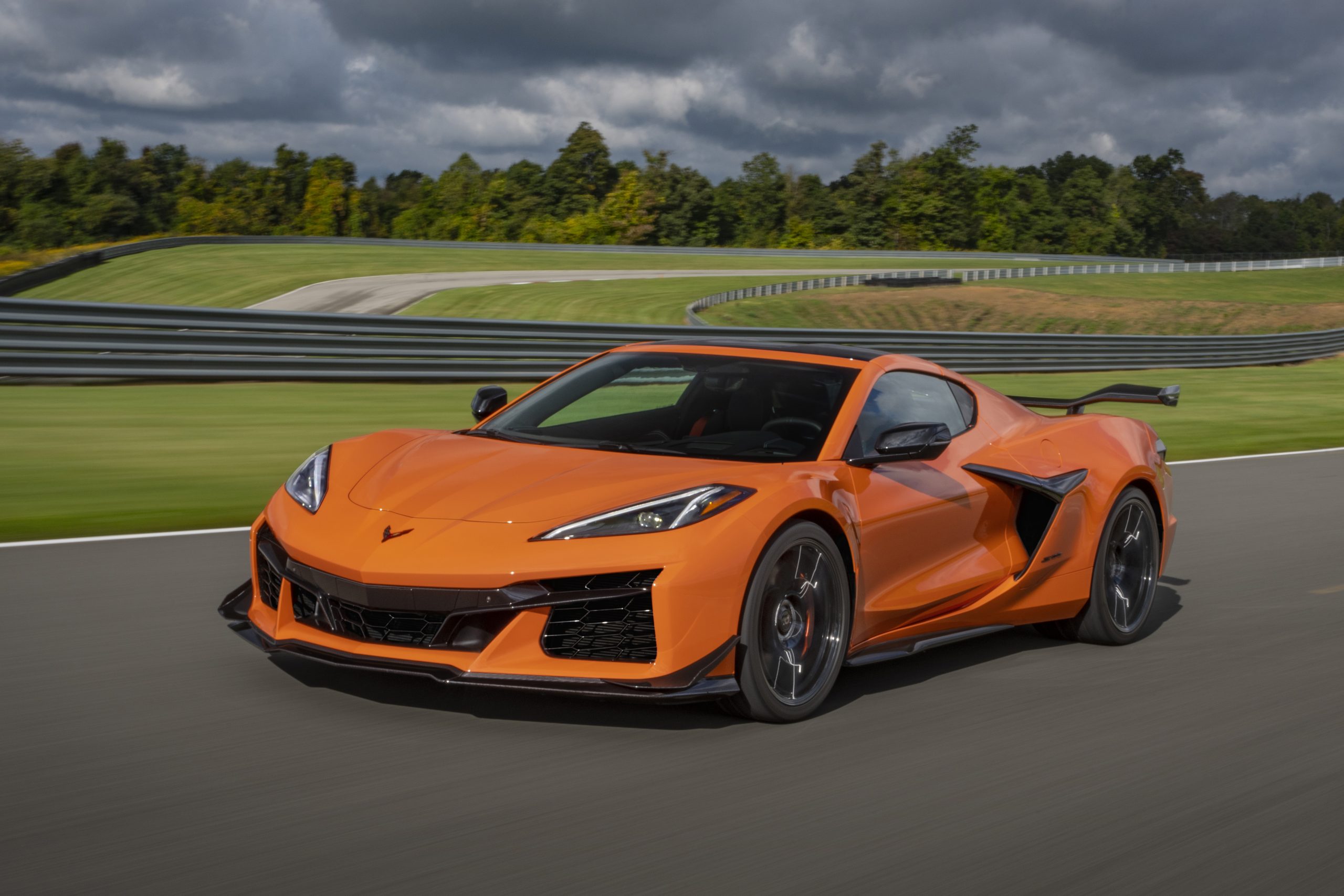
The 2023 - Present C8 Corvette Z06 Coupe
"With fiery performance and a relatively accessible price tag, the new Corvette Z06 makes an incendiary entrance into the elite league of supercars" - Car And Driver
The 2023 Z06 was designed and engineered to be a “precision tool” for the race track. While the DNA of every modern Corvette evolved from its racing car heritage, the new Z06 has blurred the lines between street car and race car to such an extent that it is hard to decide which environment this car is best suited for. Everything about this car – from its outward aesthetic, to its wider front and rear fascias, its exotic proportions, and its luxuriously appointed interior – all state unequivocally that the 2023 Z06 is not just a Corvette – but a car thats fully capable of holding its own in the supercar stratosphere.
“Corvette has always brought a discerning customer to the Chevy family,” said Steve Hill, vice president of Chevrolet. “This new Z06 was designed and engineered to set a higher bar with increased levels of craftsmanship, personalization and performance so customers can truly have their own bespoke performance car.”
An all-new 5.5L LT6 engine sits at the heart of this beast. Rated at an incredible 670 horsepower, this NATURALLY ASPIRATED V8 is the most power engine of its kind to be introduced in ANY production car….EVER. The LT6 features an all-new, lightweight, flat-plane crankshaft designed to rev the engine to a staggering 8,600 rpm. It’s at this point that the engine hits its peak horsepower. Where past iterations of the Z06 relied heavily on superchargers to achieve this level of horsepower, Chevrolet’s engineers recognized an opportunity to return to a naturally aspirated engine without compromising horsepower or responsiveness. In fact, engine responsiveness and trackability were both identified as top priorities for the eighth-generation Z06.
In addition to massive horsepower, the new LT6 was designed to enhance every aspect of the Z06’s track-focused driving experience. Corvette’s engineers spent two years developing the car’s distinctive, rich exhaust tone. Truth be told, both the sound and appearance of the Z06 evolved directly from the Corvette Racing program. Both the C8.R and the eighth-generation Stingray (including the 2023 Z06) have shared the same underpinnings since their introduction in 2020. Now, in addition to its shared chassis, the Z06 also shares a similar engine architecture and exterior proportions to the C8.R. In fact, the C8.R has been internally referred to as “the Z06 hiding in plain sight.”
“Racing was the reason the Z06 was developed in 1963, and it continues to support development of the road models that make them better on the street and the track,” said Tadge Juechter, executive chief engineer, Corvette. “It also means we’ve tested the Z06 on the best tracks around the world, from Circuit of the Americas here in the United States, to the Nürburgring in Germany.”
Corvette Z06 News, Prices, Updates, Rumors, Reviews & More
All the latest and greatest news and updates from the world of the Z06 Corvette. We find rare Z06 Corvettes for sale and at upcoming auctions, we follow all the latest Z06 rumors, updates and online reviews.


